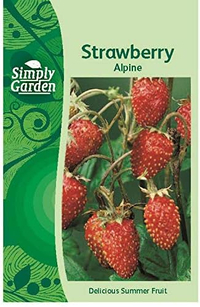No garden? No problem! Grow these tasty treats in pots and containers
Even with just a windowsill, balcony, or patio, you can still grow a vibrant variety of fresh fruit, veg, and herbs at home. Here's how...
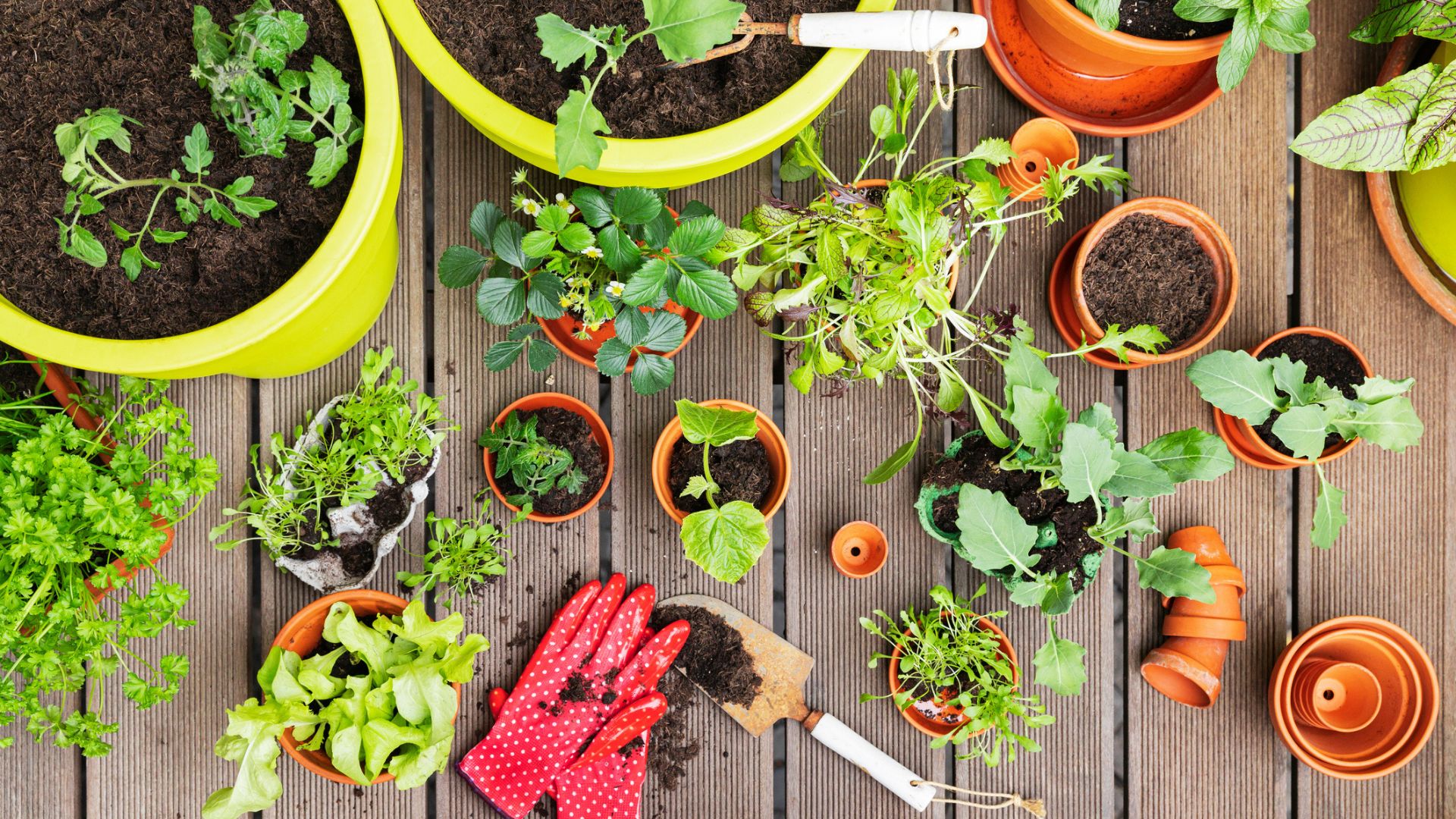

The key to growing fruit, veg, salad, and herbs at home in pots or window boxes, is choosing plants with compact root systems, like leafy greens, radishes, or salad leaves - essentially anything that thrives in limited space.
You'll also need to assess how much sunlight your area gets, ideally, you want a spot with plenty of light, especially for fruiting plants. Container size matters too, so match the pot to the plant’s mature size to ensure it reaches its full potential.
Ultimately with the right choices and care, you’ll be harvesting your own delicious produce in no time! Not sure where to start? Then look at these delicious options, all perfect for pots and planters.
Fruits and vegetables you can grow in pots or window boxes
Strawberries
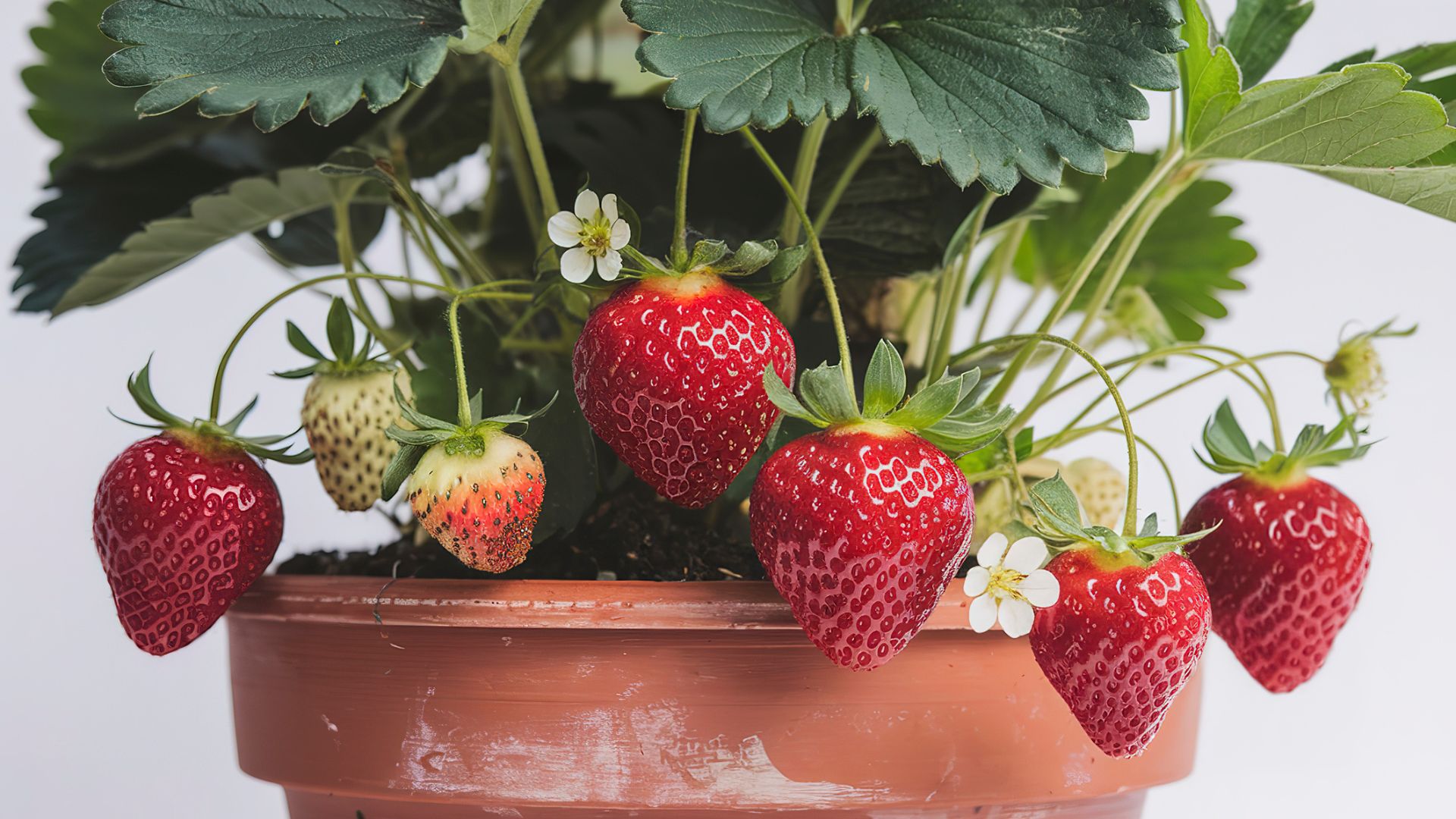
Juicy, delicious, and oh-so-moreish, it's no wonder strawberries are one of the UK’s most-loved fruits. And the best part? They don’t need much space to thrive! Perfectly happy in hanging baskets or window boxes, strawberries flourish with around 6-8 hours of sun per day. For the best results, plant runners in autumn or early spring, and by summer you’ll be enjoying a sweet bounty of homegrown berries. If growing from seeds, be patient, your first harvest may take a little longer, but it’ll be worth the wait!
Simply Garden Strawberry Alpine Fresh Fruit Seeds | £2.99 at Amazon
You can either propagate strawberries from runners or use seeds, especially alpine strawberries. If you don't have an existing plant, then these top-rated seeds from Amazon should do the trick.
Lemons
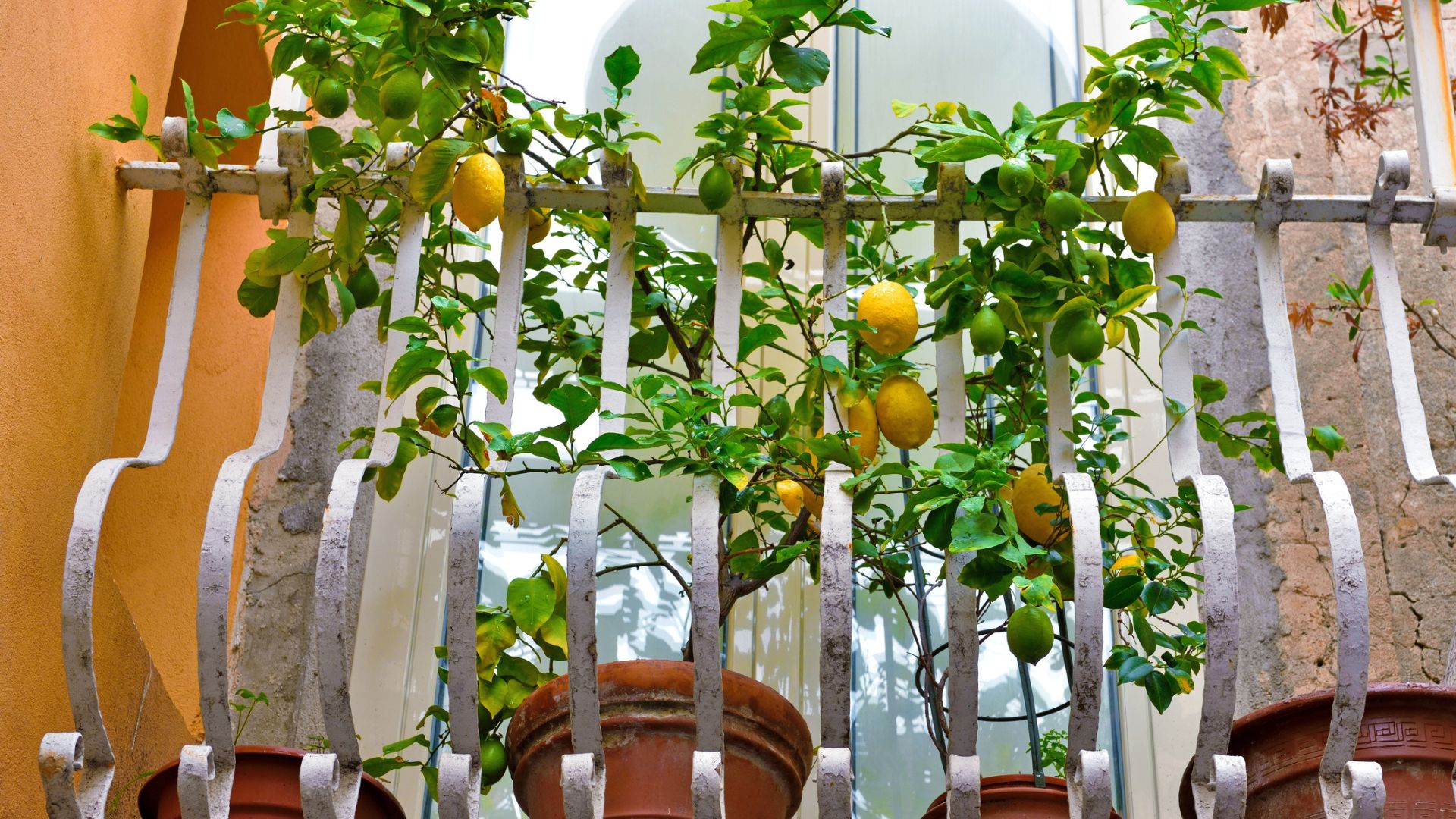
When you think of lemon trees, your mind probably goes to the beautifully scented groves of Spain and Greece, yet dwarf varieties can actually be grown in small tubs and will last for years if properly cared for. The most important thing to remember is that in temperate climates like the UK, lemon trees need to be overwintered indoors to protect them from frost. A 30cm pot with well-drained soil is fine to start, and it won’t take up too much space, but for long-term growth, a 40–50cm pot is ideal.
Plant in spring, and be patient, it may take up to three years to bear fruit, depending on the variety. Water regularly to keep the soil moist, but avoid overwatering, as lemon trees dislike soggy roots - and who can blame it!
Carrots

Chock-full of vitamins and minerals, carrots are as delicious as they are good for you! To grow them, plant seeds in light, well-draining, stone-free soil at least 20 cm deep for smaller varieties and 30cm deep for longer ones. Place them in full sun and sow from early spring to late summer.
Sign up for the woman&home newsletter
Sign up to our free daily email for the latest royal and entertainment news, interesting opinion, expert advice on styling and beauty trends, and no-nonsense guides to the health and wellness questions you want answered.
When the thin seedlings emerge, remove a few to prevent overcrowding, spacing them about 5cm apart for healthy root development. With proper care, you can expect to harvest in around 10 to 12 weeks - though baby carrots may be ready even sooner!
Cherry tomatoes
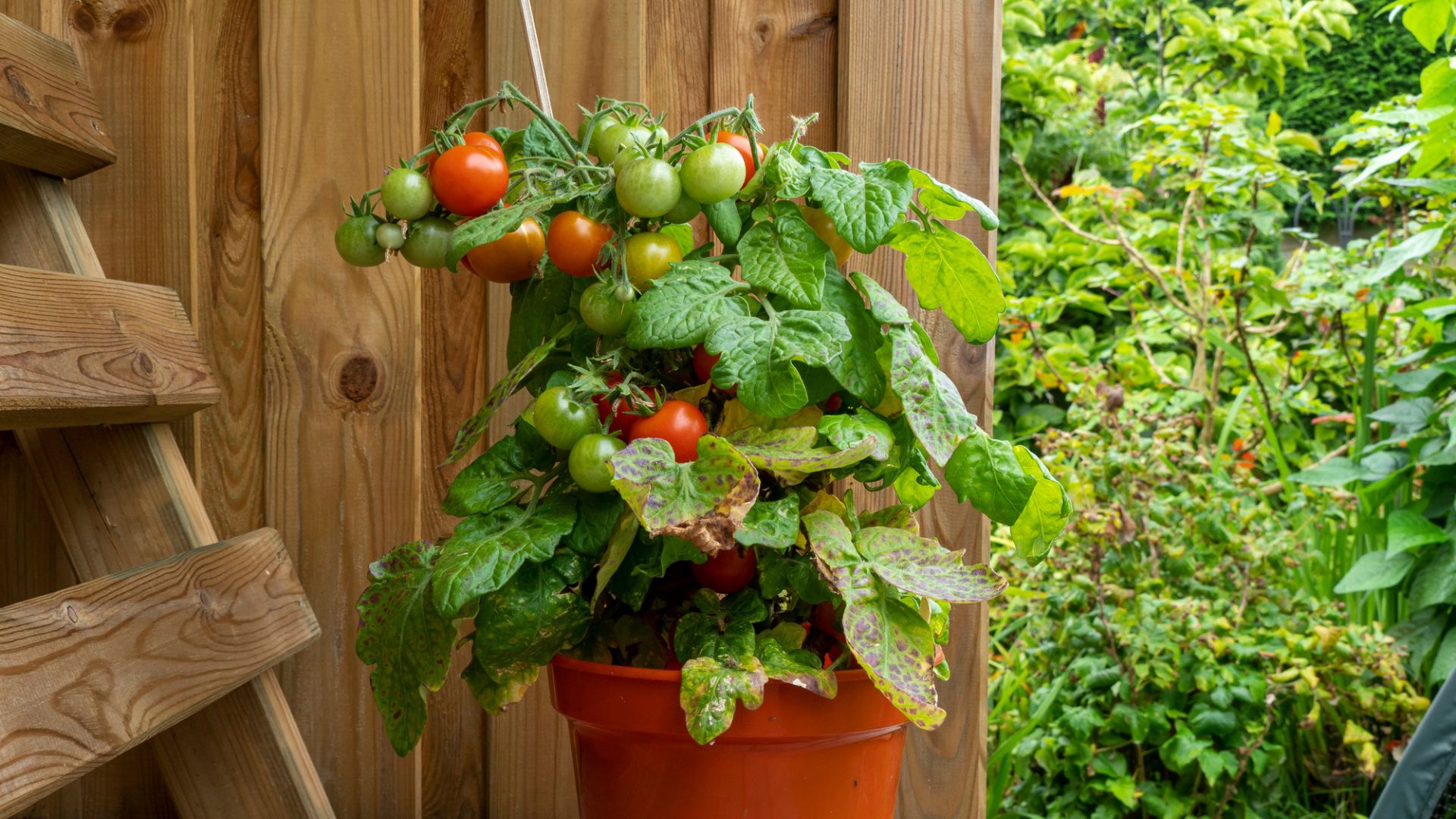
Versatile, nutrient-rich, and incredibly tasty, it’s no wonder tomatoes are one of the world’s most popular fruits. For patio pots, opt for a compact cherry tomato variety like ‘Tumbling Tom’ or ‘Balconi Red’ - small but packed with flavour. Plant them in at least a 30cm deep pot with nutrient-rich, well-draining soil, placing them in full sun (at least 6–8 hours a day). Water regularly, provide support with a stake if needed, and feed with tomato fertiliser once flowering begins. It’s a good idea to start seeds indoors in early spring and move them outside in late spring (certainly after the last frost) for a bountiful summer harvest.
Beetroot
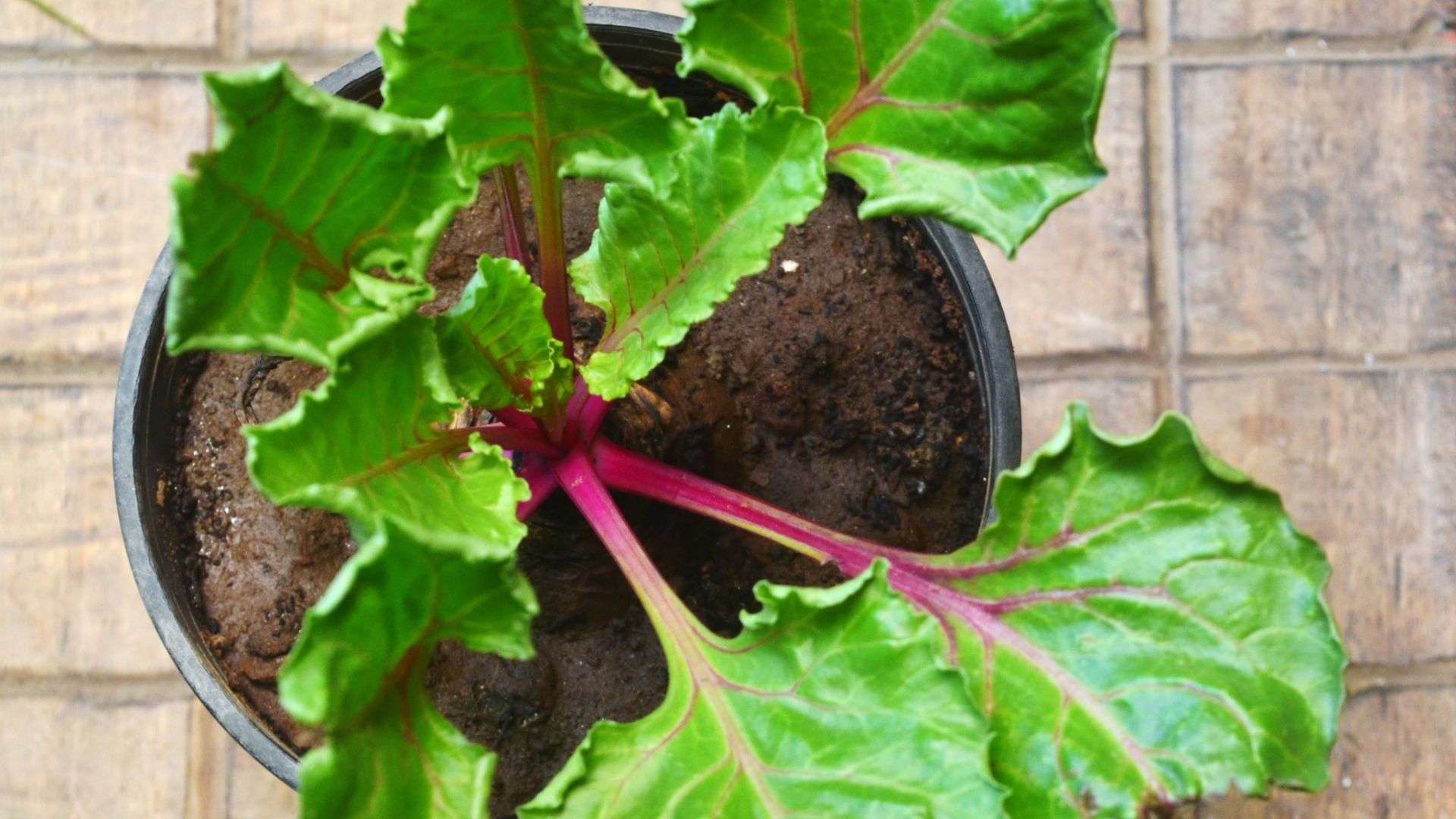
Baby varieties of beetroots, known as beets in the US, are packed full of all kinds of goodness, including fibre, folate, and tonnes of antioxidants. Grow them in full sun in a 20cm deep pot with light, well-draining soil, sowing seeds throughout spring and into summer. Water regularly but avoid overwatering, as excess moisture can cause the roots to turn mushy. Be brave and thin seedlings 5 to 7cm apart. It may seem like you’re throwing away potential beets but it’ll give the remaining bulbous root vegetables more room to thrive. Then just sit back and wait, your harvest will be ready in 8 to 12 weeks!
Blueberries
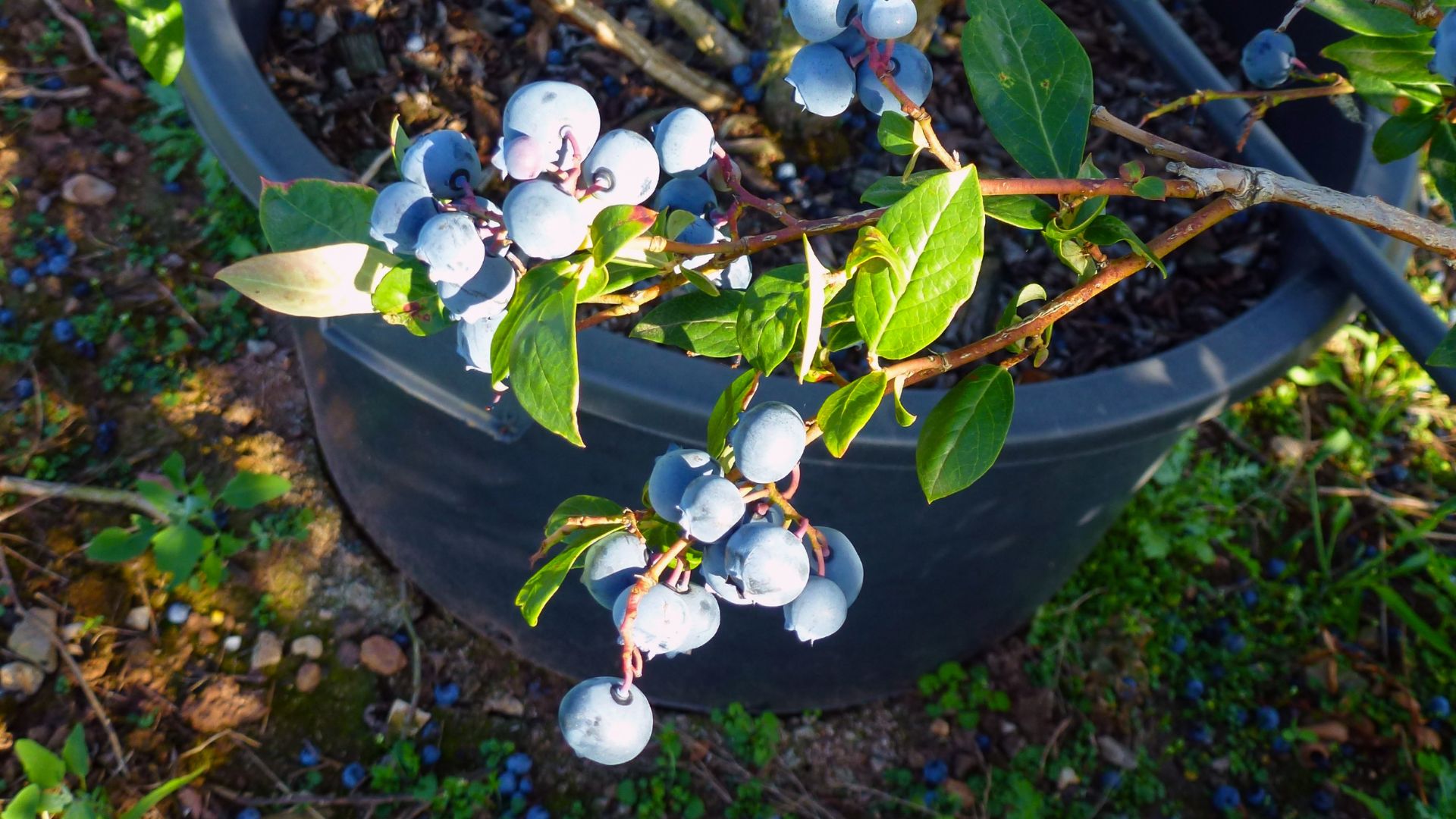
Once a rarity in British gardens, blueberries are now a popular choice for home growers, as they provide a bounty of nutrient-rich berries, packed with vitamin C, vitamin K, fibre, and antioxidants, culminating in a fruit which is equally delicious and healthy. To grow blueberries, you’ll need acidic soil (pH 4.5–5.5), so it’s best to use an ericaceous compost, and pop it in a pot that’s 40-50 cm in size, and water with rainwater, as tap water is often too alkaline and can affect soil acidity.
If you plant your blueberry shrub in spring you can expect beautiful berries from July to September. As a perennial shrub, your plant will produce fruit year after year if properly cared for, just give it a little prune in winter, mulch (with pine needles if possible), and protect it from birds, who will want your blueberries as much as you do.
Bell peppers
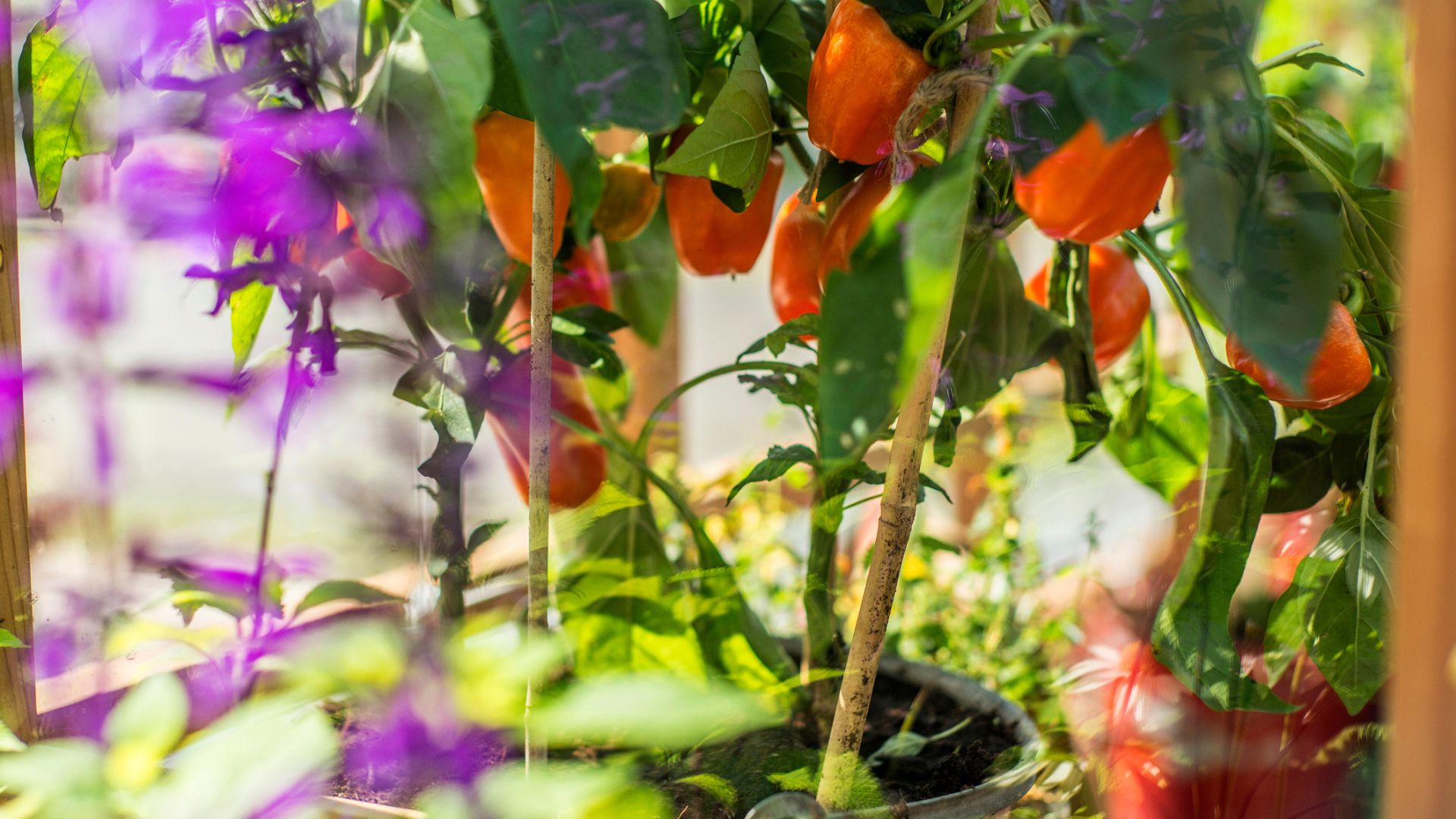
You can grow (mini) bell peppers, such as ‘Snackabelle Red’ and ‘Mini Bell’ in patio tubs, producing sweet, crunchy fruit perfect for snacking or cooking. For best results, plant in spring (April - May) in a 30 to 40cm deep and wide pot filled with fertile, well-draining compost. Place in full sun (at least 6 to 8 hours daily) and water consistently, keeping the soil moist but not waterlogged. If growing a taller variety (like ‘Lunchbox Mix’), use supportive stakes to prevent bending under the weight of the fruit.
Expect to harvest from summer through early autumn (July - October), ready to enjoy in salads and snacks or cooked meals like stir-fries, stews, and roasted dishes for a delicious burst of sweetness. Yum!
Garlic
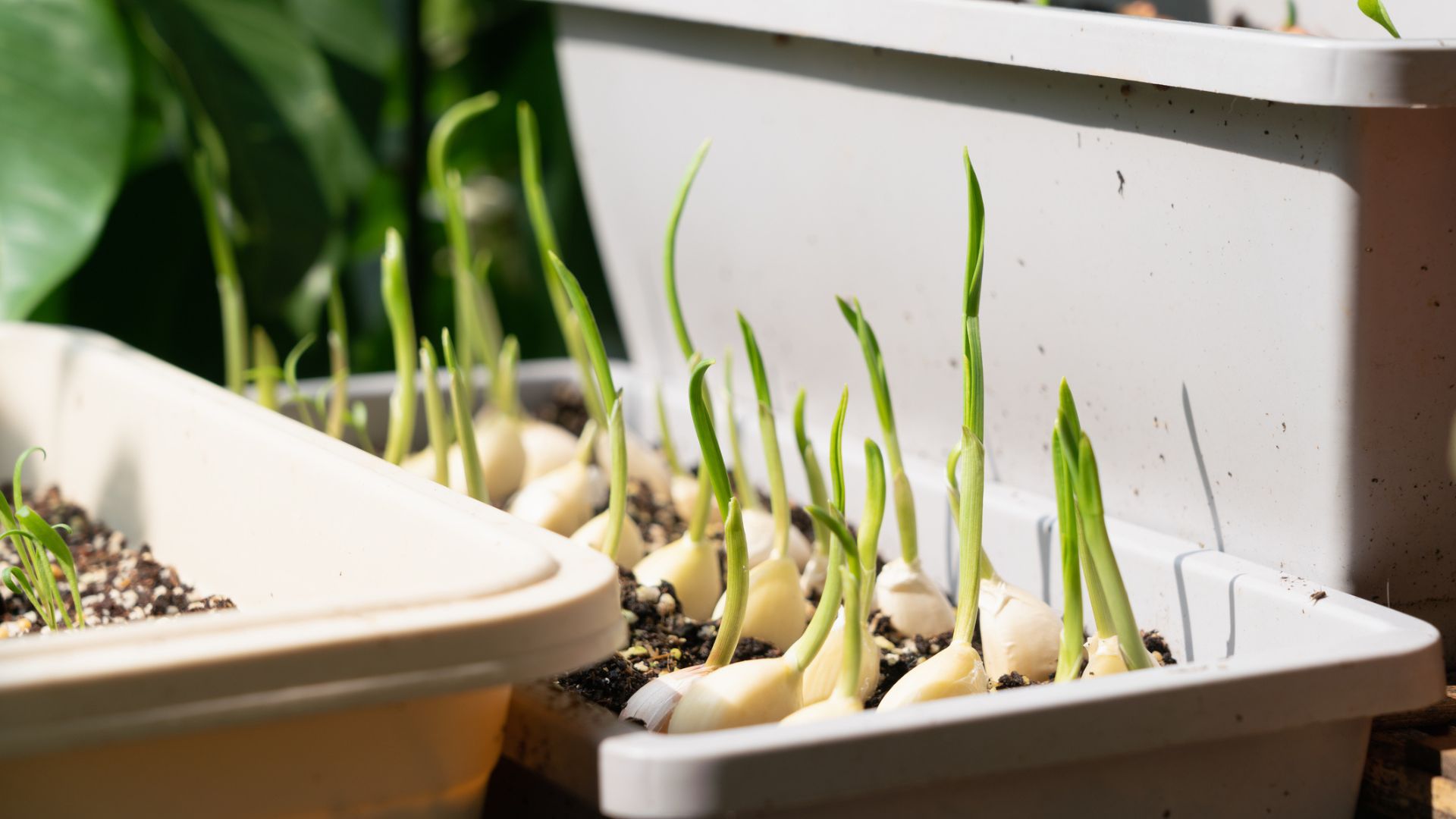
Whether you want to keep vampires at bay or are just looking to cook up some deliciously garlicky grub, this little bulb is a must for gardeners on a space budget! To grow garlic, separate a bulb into individual cloves and push them roughly 3cm into loose, well-drained soil anytime from autumn to early spring. Autumn planting (September–November) produces the biggest bulbs, while spring planting (January–March) results in smaller, but still tasty, garlic. Position in full sun, and in 6–8 weeks, you’ll see little green shoots appear.
Be patient though, as garlic takes 6-8 months to fully mature. Look for when the leaves start to yellow and die back, usually June to July for autumn-planted garlic or late summer for spring-planted varieties, as this will be the telltale sign it’s harvest time!
Mint
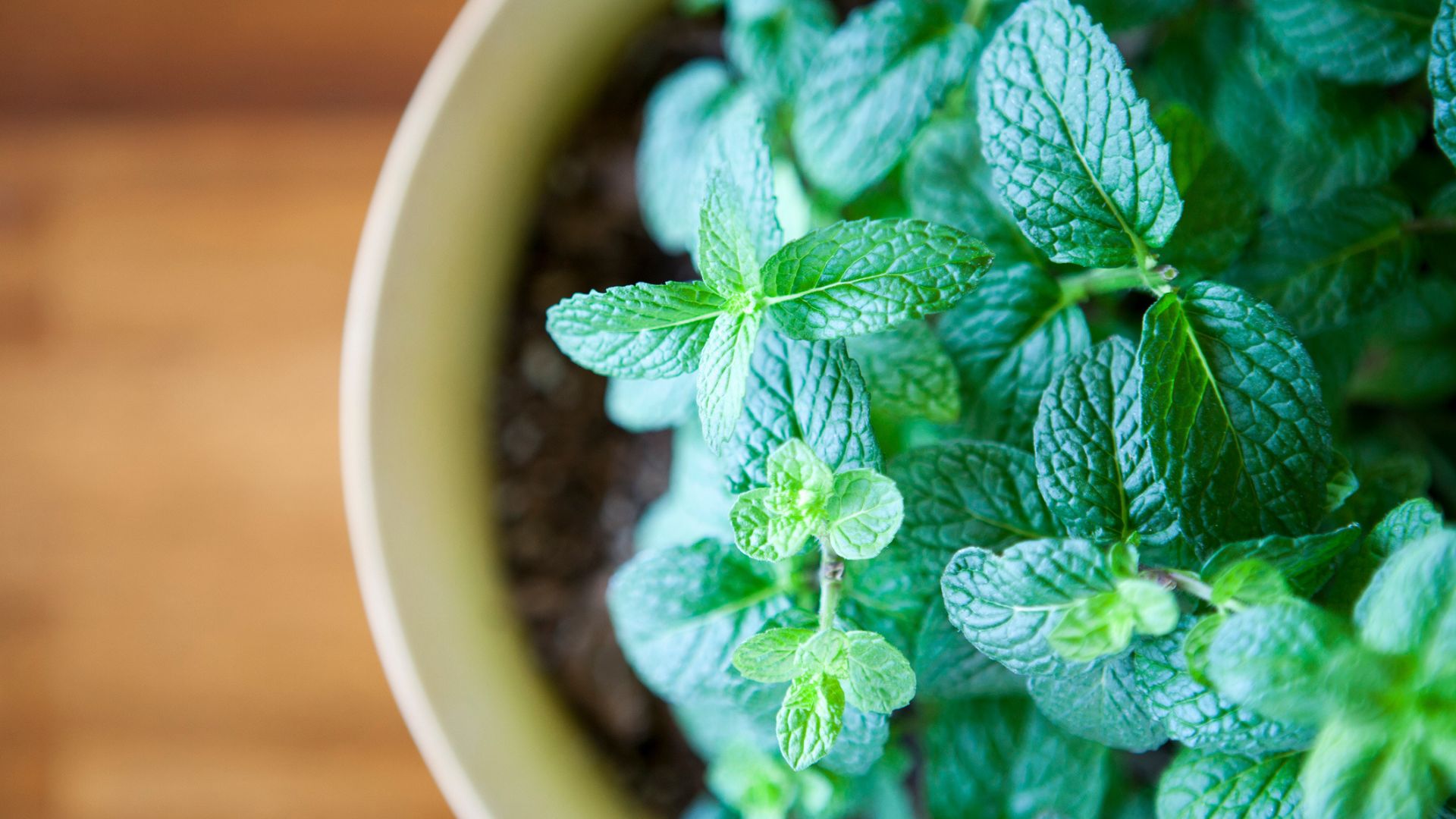
Mint is the perfect accompaniment to a multitude of drinks and food recipes alike, but once planted in the ground, it can run riot - spreading wildly through underground roots. That’s why mint is a long-time favourite for container gardening! A 20-30cm wide pot with well-draining, moisture-rich soil is ideal. Plant it in spring, place it in partial shade or full sun, and in as little as 6–8 weeks you’ll have a fresh supply of mint ready to harvest.
Pick leaves regularly to keep the plant producing strong, flavourful growth.
Potatoes
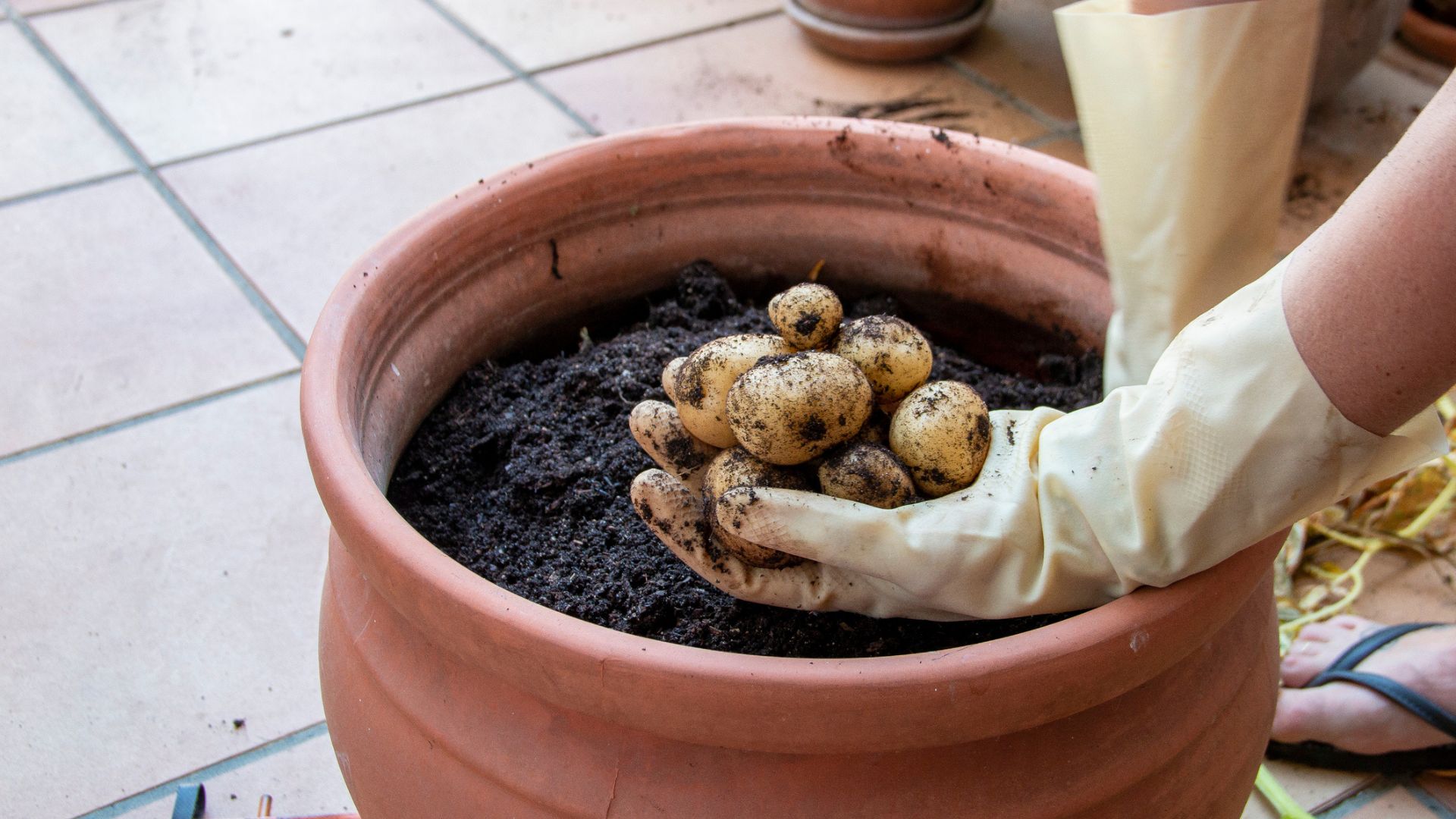
The incredibly versatile potato is surprisingly easy to grow - it's a wonder more people don't do it! For smaller tubs, early or salad varieties are best, such as ‘Charlotte’ and ‘Rocket.’ Simply plant seed potatoes 10-15cm deep in tubs or grow bags filled with nutrient-rich compost between February and April. Place them in full sun and water regularly. When the shoots reach 15-20cm, ‘earth up’ by adding more compost to cover the lower stems. Continue watering well and feed every fortnight with a high-potassium fertiliser.
For early potatoes, start checking for harvestable tubers after flowering, while maincrop varieties are ready when the foliage yellows and dies back. Then all that’s left for you to do is decide... chips or mash?!
Radishes
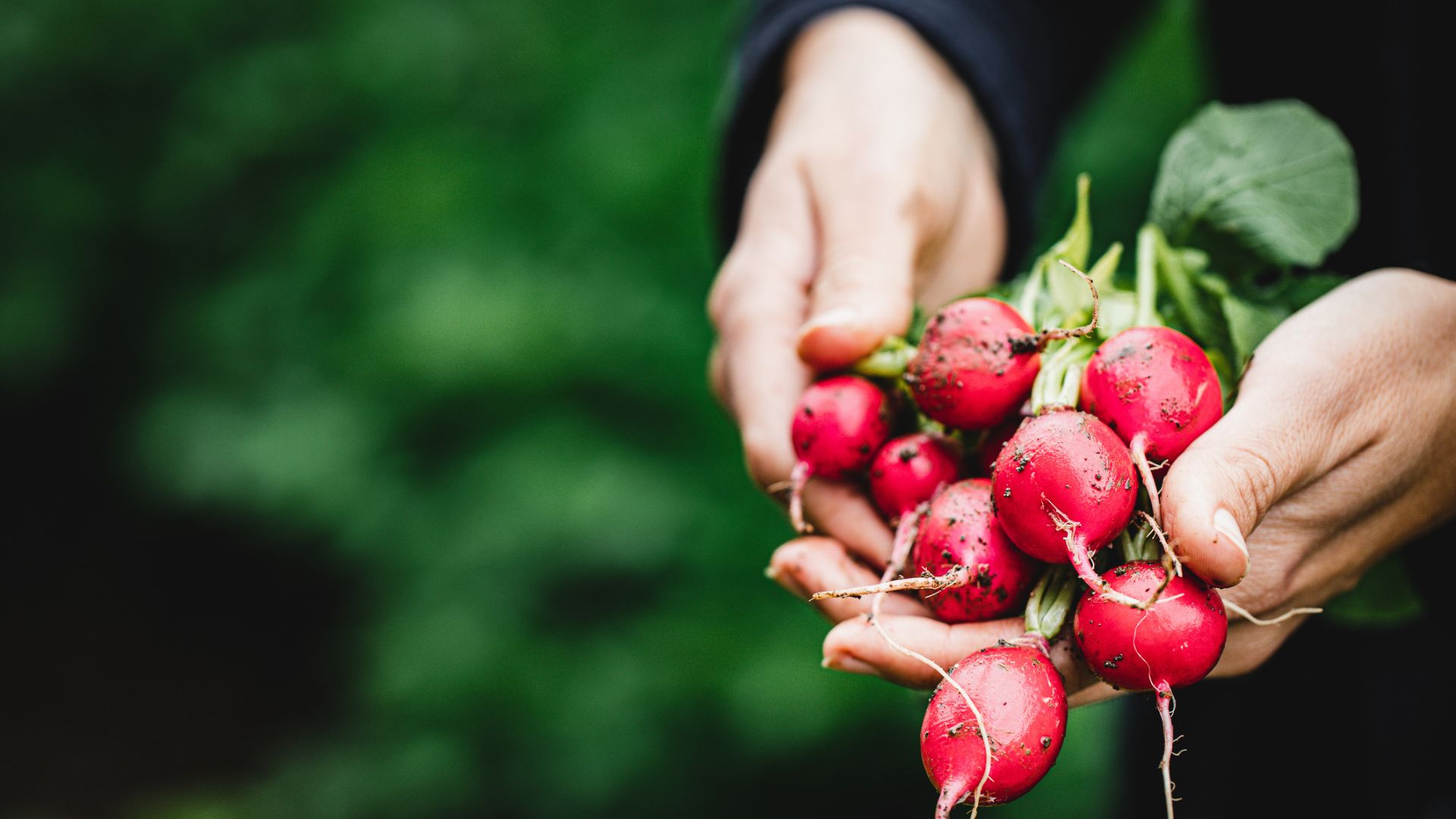
Radishes, those crisp and peppery root vegetables, are perfect for growing in small pots at least 15cm deep, making them an excellent choice for a window box. Use well-drained soil and place them somewhere with plenty of sun, ideally at least six hours daily. They can be sown from early spring to early autumn, though they thrive in cooler temperatures. Expect a speedy harvest in just three to four weeks. Keep the soil consistently moist, and when seedlings emerge, be brave and thin them out, spacing them about 2.5cm apart to allow room for their roots to develop properly.
Lettuce

Cut-and-come-again lettuce is exactly that - plant it, grow it, cut it, and it will keep producing fresh leaves for weeks! It’s an excellent choice for a window box or a small pot at least 15cm deep. Sow seeds in loose, well-drained soil anytime from spring to early autumn, and keep the soil consistently moist. You can start harvesting outer leaves in as little as 3 to 4 weeks, which will encourage continuous growth. Lettuce thrives in partial shade, ideally receiving 4-6 hours of sunlight per day, but in hot weather, it’s best to give it extra shade to prevent it from bolting - stress that causes it to produce flowers and seeds prematurely.
Spinach
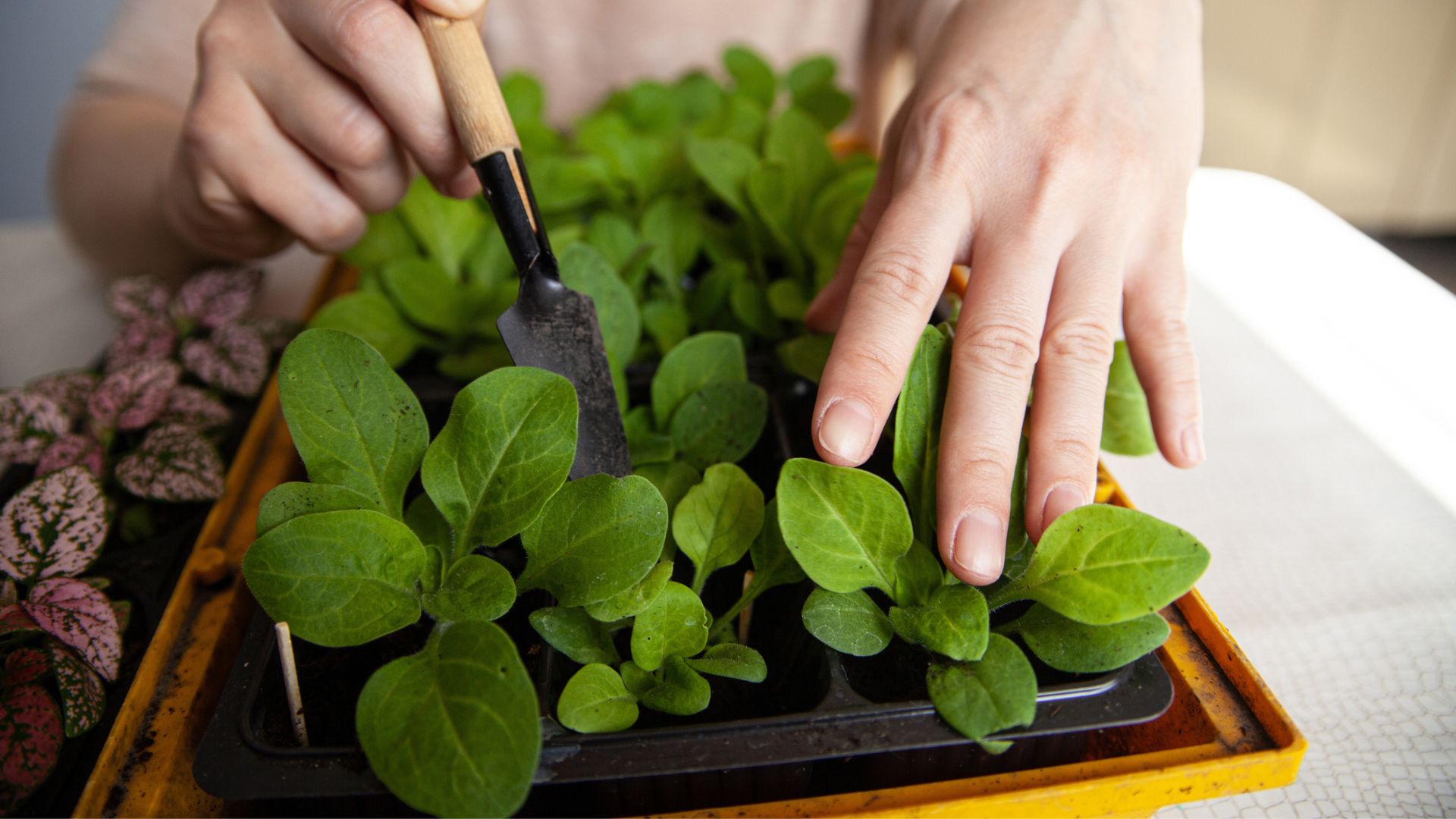
A wonderful source of iron and even recommended by Popeye himself, spinach is a nutritious and easy-to-grow leafy green. Sow it in pots at least 15 cm deep (or 20 cm for larger leaves) in well-draining, moisture-retentive soil. It thrives in partial shade and prefers cooler conditions, making early spring and late summer ideal for planting. Expect to harvest in around 6–8 weeks. Pick outer leaves first to encourage continuous growth, allowing your spinach to keep producing fresh leaves over time.
Spring onions
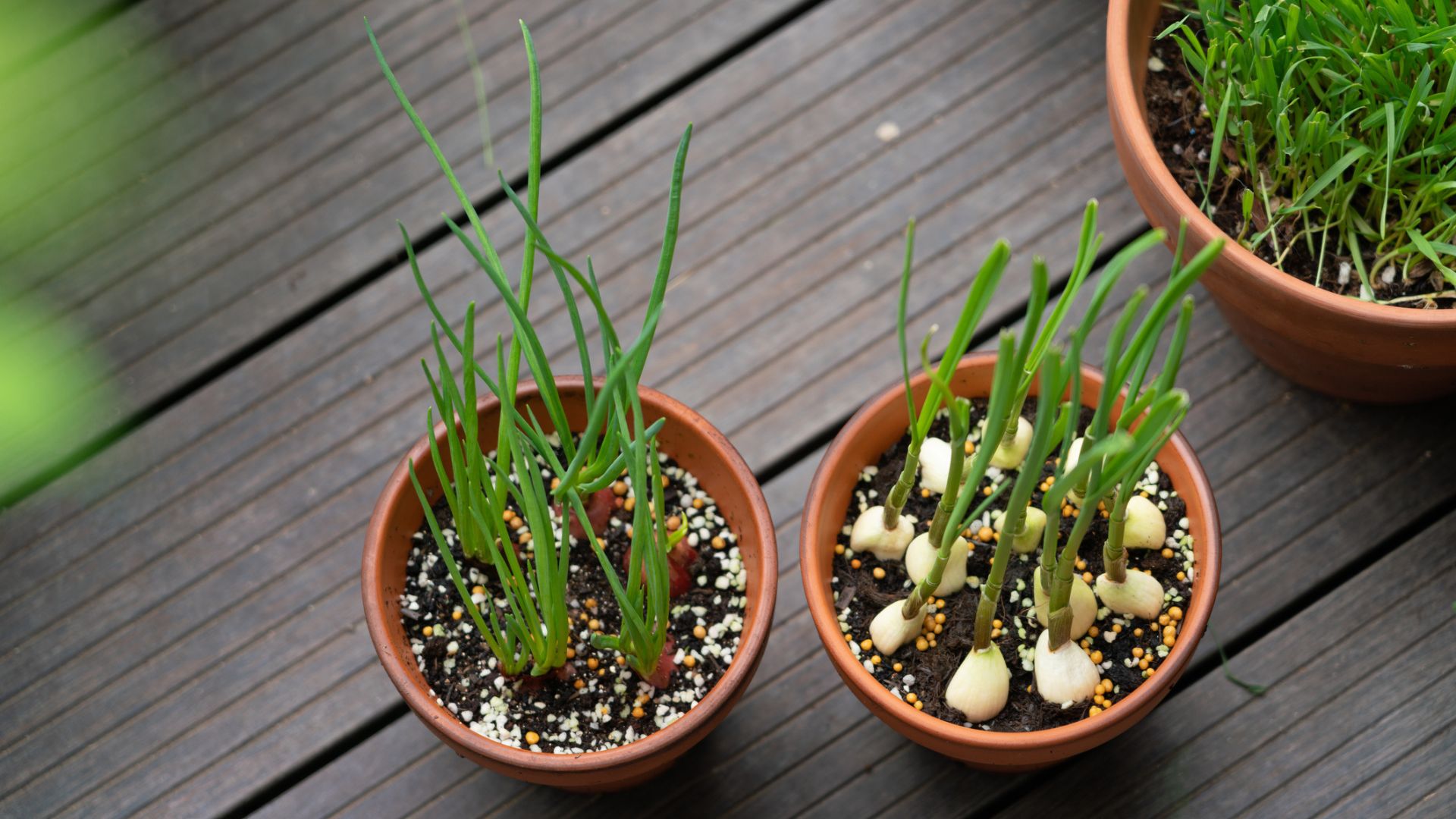
Spring onions, also known as green onions or scallions, thrive in full sun and loose, well-draining soil. For best results, plant them in a pot at least 15cm deep (or 20cm for the chubbier varieties that form small bulbs). You can sow seeds anytime from spring to autumn, and for a continuous supply, why not plant in succession every few weeks? They take around two months to mature but remember to water moderately. Harvest as needed, but if you only cut just above the white base, your spring onions will regrow several times, providing fresh greens throughout the season!
Rhubarb
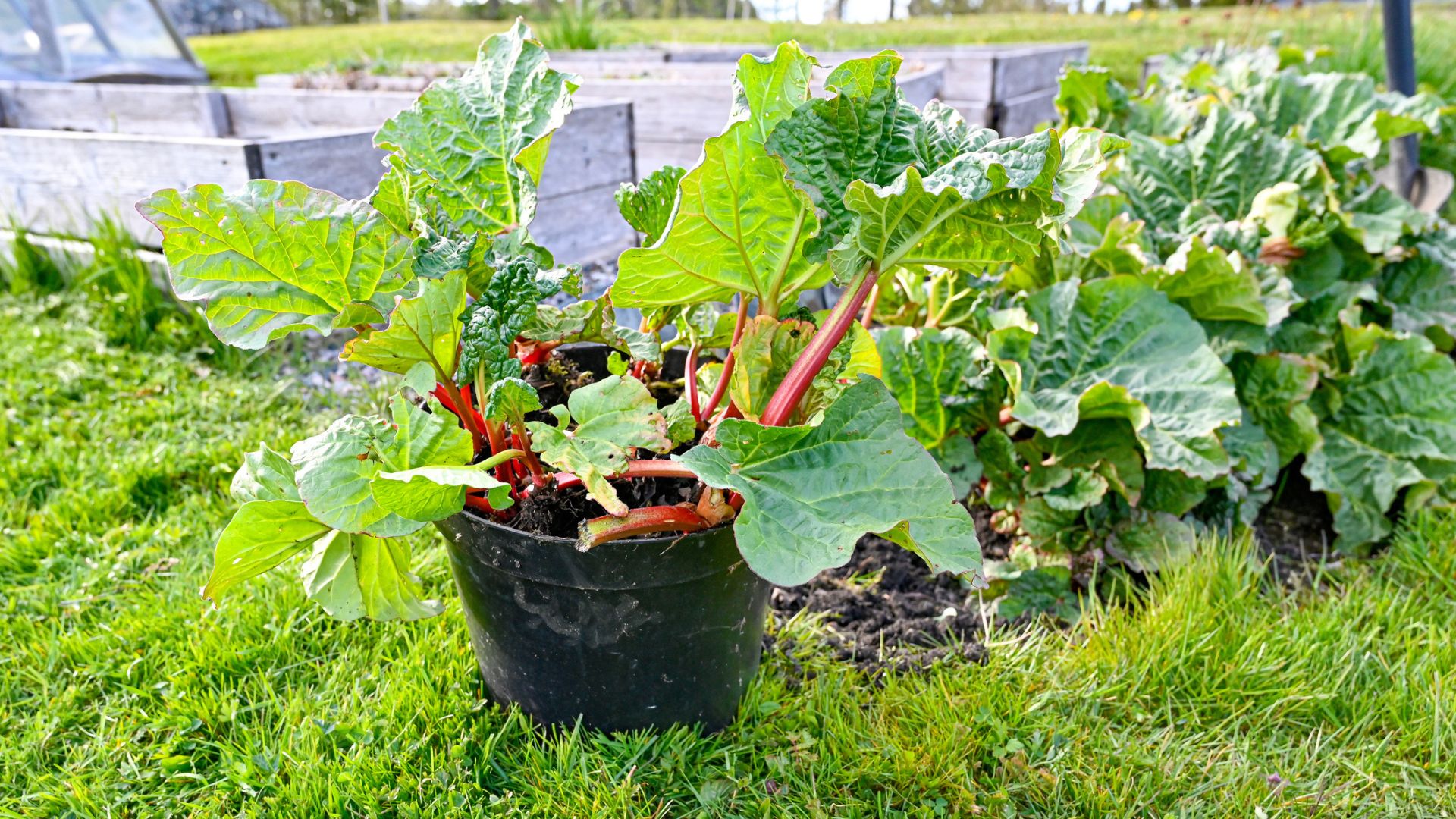
It might surprise you to learn that you don’t need a huge patch to grow rhubarb! In fact, some varieties, like Timperley Early and Raspberry Red, will flourish in a large patio pot (at least 40cm deep and 50cm wide). What’s more, it's perennial, so if you look after it right, it will come back year after year! It’s important to know that rhubarb is a hungry plant, so be sure to use nutrient-rich, well-draining soil with plenty of organic matter. Plant a dormant crown in autumn or early spring and position it in full sun or partial shade. As tempting as that first harvest may be - don’t! The plant needs time to establish.
From the second year onward, you’ll reap the rewards, with juicy stems ready to pick from April to June. Keep the plant well-watered but avoid waterlogging, as rhubarb roots are prone to rot. Watch for flower stalks, as removing them ensures the plant focuses energy on producing delicious stems. When harvesting, wait until the stems are pinkish-red, then twist and pull rather than cut, as this encourages healthy regrowth.
Basil
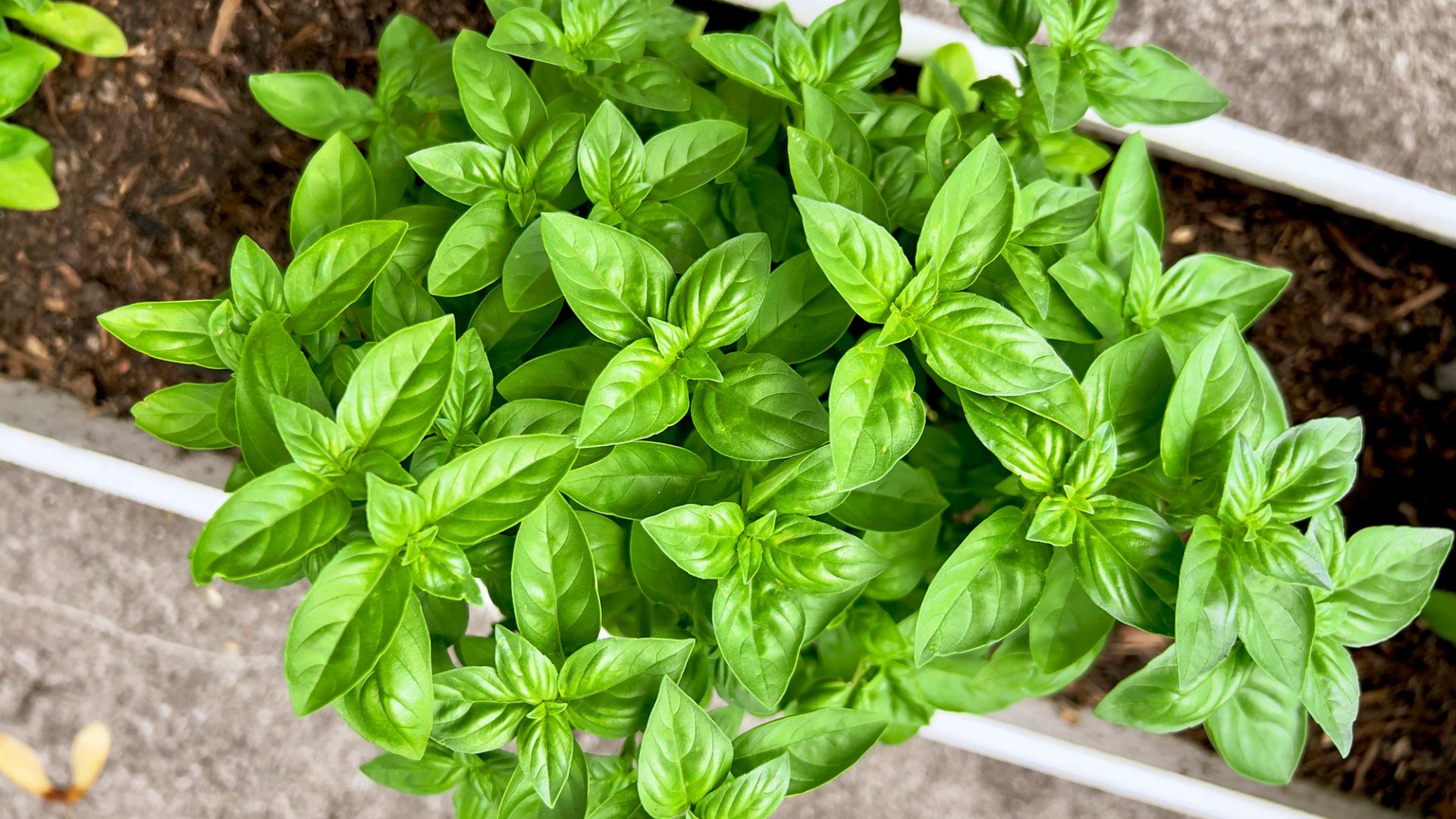
Basil is a wonderful accompaniment to many dishes, especially Italian-inspired ones. It’s easy to grow and thrives even in a small pot. Sow seeds 0.5cm deep in well-drained soil in late spring, once the risk of frost has passed. Keep the pot in a warm, sunny spot, and expect to start harvesting fresh leaves in as little as 3 to 4 weeks.
To encourage bushy growth, pinch the tips regularly to prevent flowering, ensuring all the plant’s energy goes into producing fragrant, delicious leaves!
Rocket
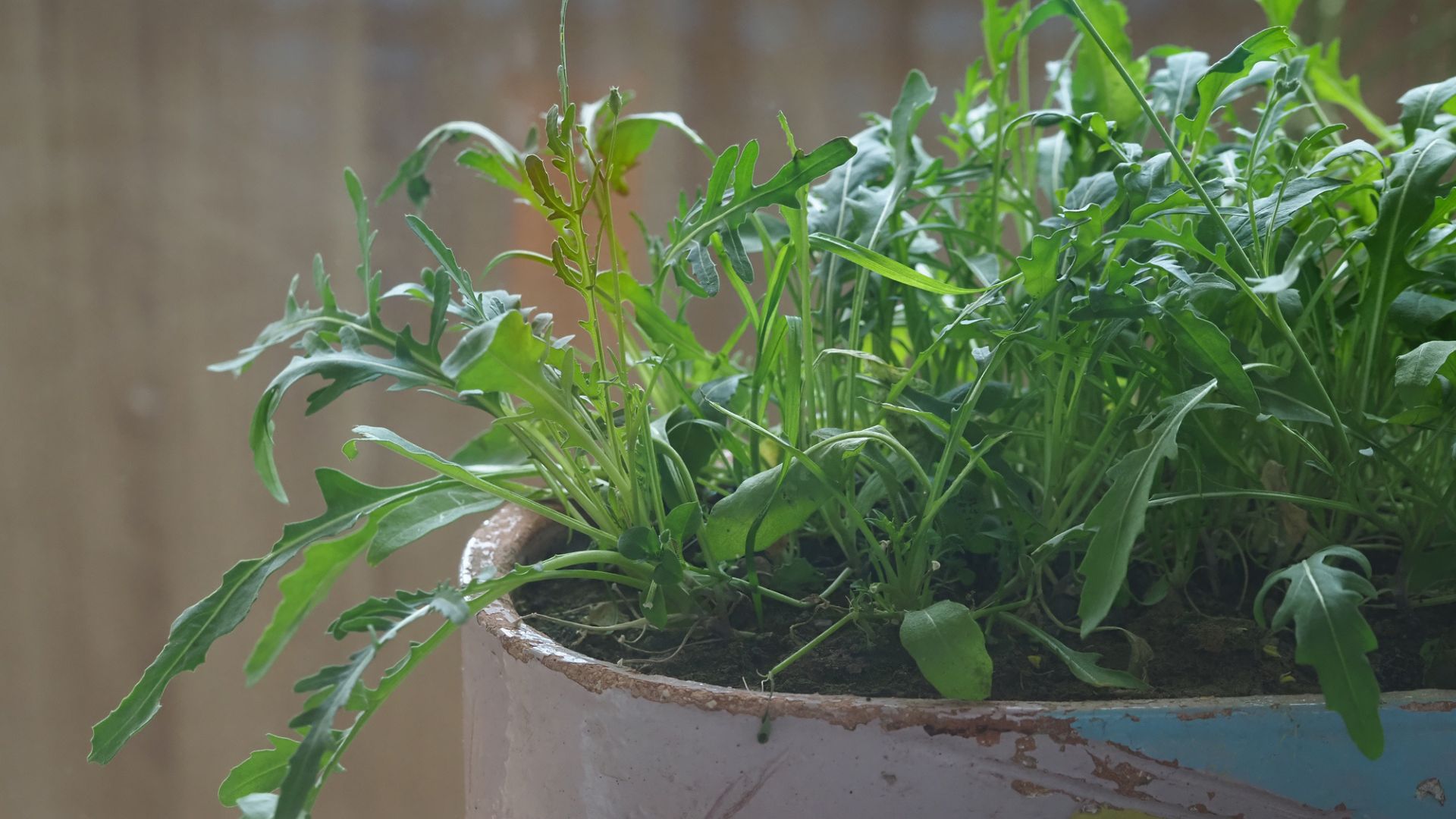
Rocket, or arugula as it’s known Stateside, is a tasty, peppery salad leaf perfect for adding a little punch to dishes. It thrives in a 10-15cm deep pot with moist, well-draining soil and prefers partial shade to prevent bolting in hot weather. Sow seeds from spring to autumn, and you’ll have fresh leaves in as little as 3 to 4 weeks. To keep it producing all summer long, harvest regularly as rocket is a very helpful, low maintenance, cut-and-come-again plant, meaning it will keep regrowing for several weeks before needing a fresh sowing.
Kale
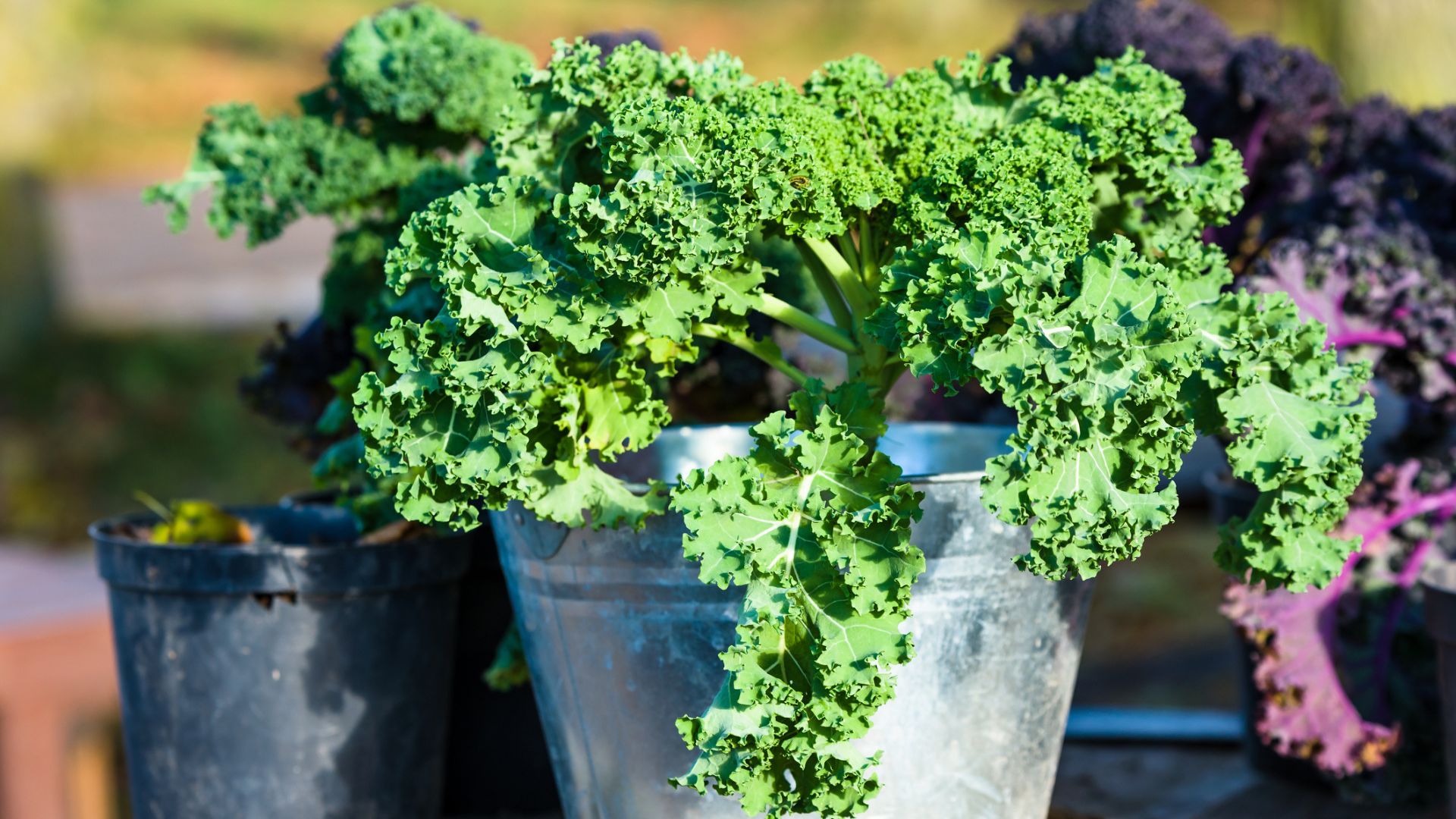
OK, so you say kale, and most people crinkle their noses in disgust. But! It’s actually a bit of a superfood - packed with vitamins A, C, and K, plus iron, calcium, and antioxidants - what’s not to love? To grow your own, plant seeds in a 30cm deep pot filled with well-drained soil. Sow in spring or autumn, placing it in full sun or partial shade. In 8–10 weeks, you’ll have a harvest!
Pick the outer leaves regularly, and the plant will keep producing fresh, nutrient-rich greens for months to come.
Pea shoots
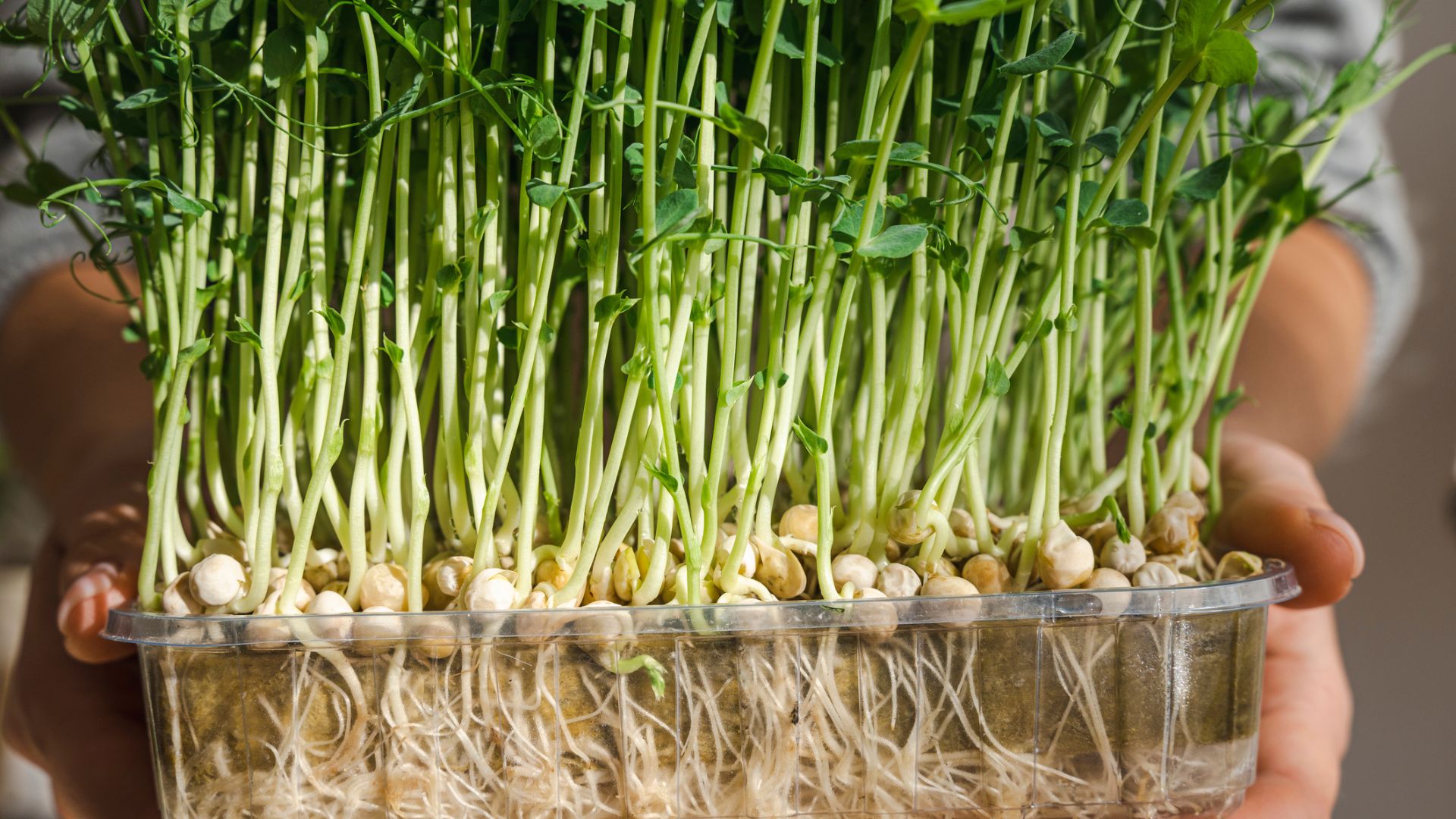
Popular in Asian-inspired cuisine, pea shoots - also known as pea sprouts - are the young leaves and stems of pea plants. The great thing about them is that they only need shallow trays with a little bit of compost to thrive. What’s more, they don’t require full sun, making them an excellent choice for partially shady gardens, balconies, or even a windowsill. You can plant them year-round, keeping them indoors in colder weather, and they’ll be ready to harvest in just a few weeks!
Cut them just above the lowest leaves and they’ll regrow once more, before needing to be replanted.
Coriander
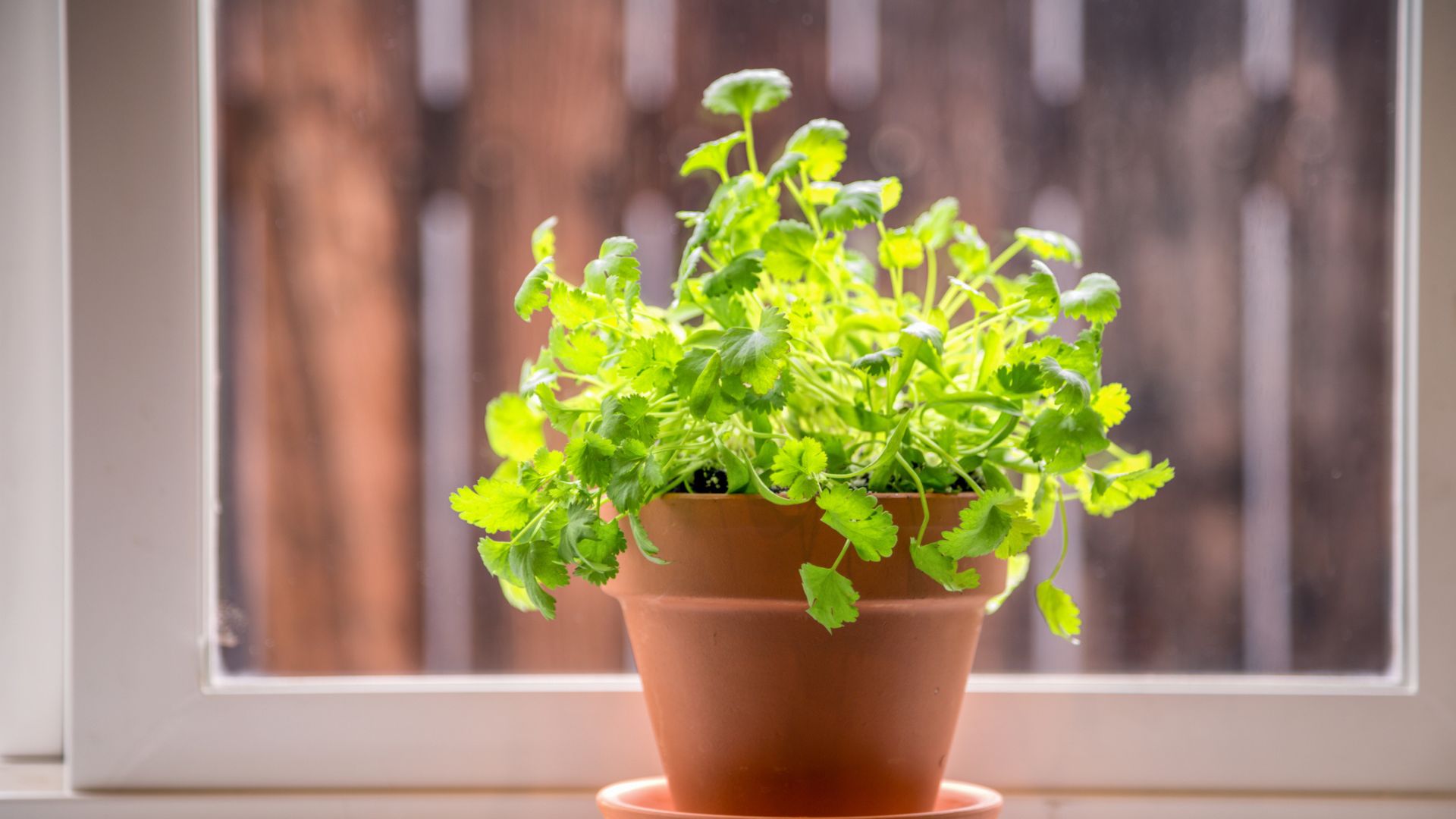
With a reputation as a ‘love-it-or-hate-it’ herb, coriander - or cilantro - is a rich, flavourful plant that’s easy to grow in small pots. A 15cm deep pot with well-draining compost is ideal for leafy growth, and you can plant it in the spring or autumn, keeping it in full sun or partial shade to prevent early bolting. In roughly 3-4 weeks, you’ll have a fresh harvest, but regular cutting encourages regrowth! Eventually, however, the plant will flower and need reseeding for a continuous supply. But as you’ll have discovered the first time around - that’s so easy to do!
Chillies
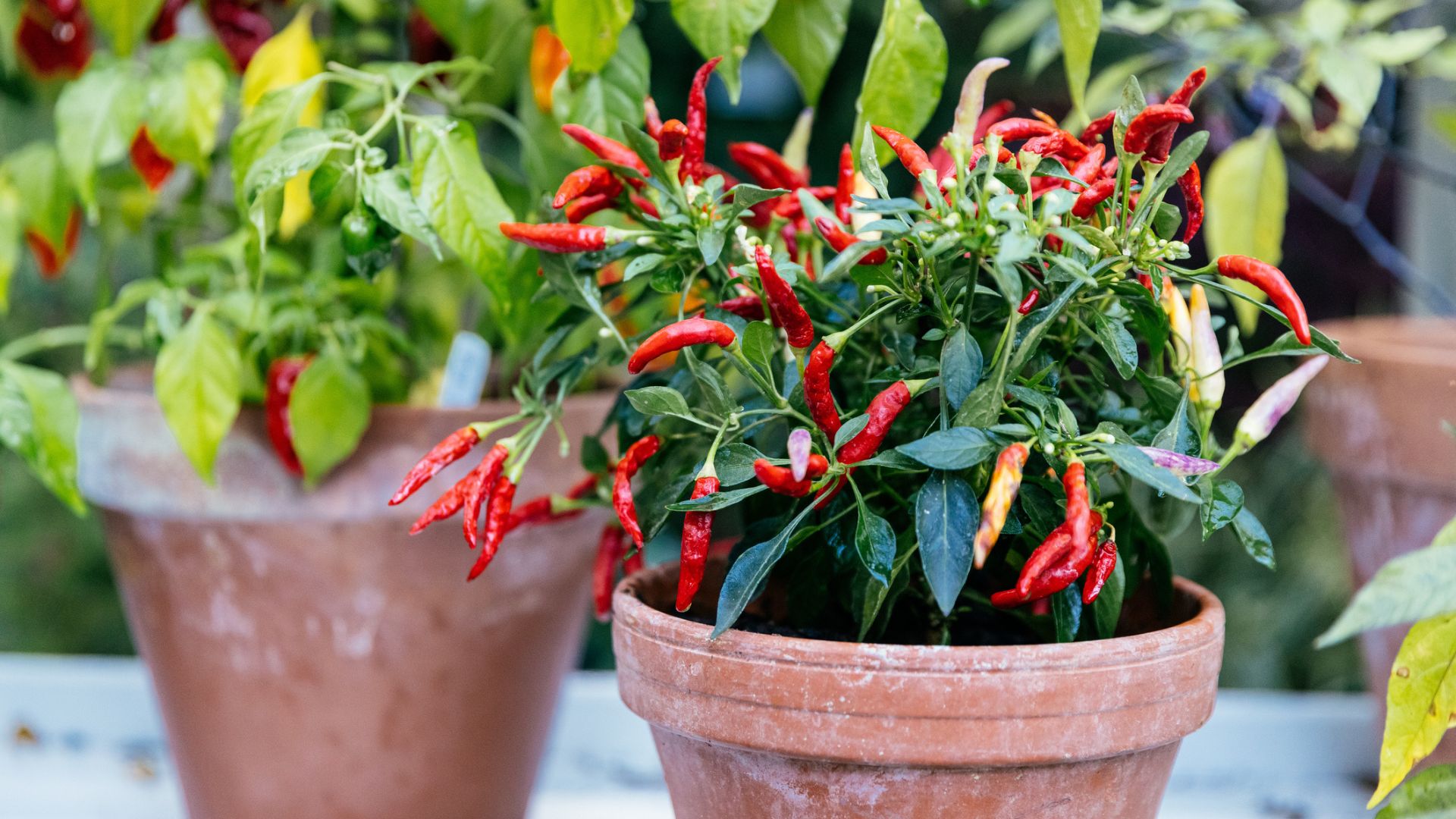
These fiery, sun-worshipping plants are the perfect choice for gardeners with limited space who want to grow something delicious and beautiful! Compact varieties like ‘Apache’, ‘Basket of Fire’, and ‘Demon Red’ are excellent choices for smaller pots, just grow them in 15 to 20cm deep containers with free-draining, nutrient-rich soil, watering regularly but allowing the soil to dry slightly between waterings. Some taller plants may need staking for support, and you’ll want to start seeds indoors in early spring, and then move them outside later in the season.
By summer, when the weather is (hopefully!) as hot as your chillies, you’ll be enjoying your spicy homegrown harvest!
Parsley
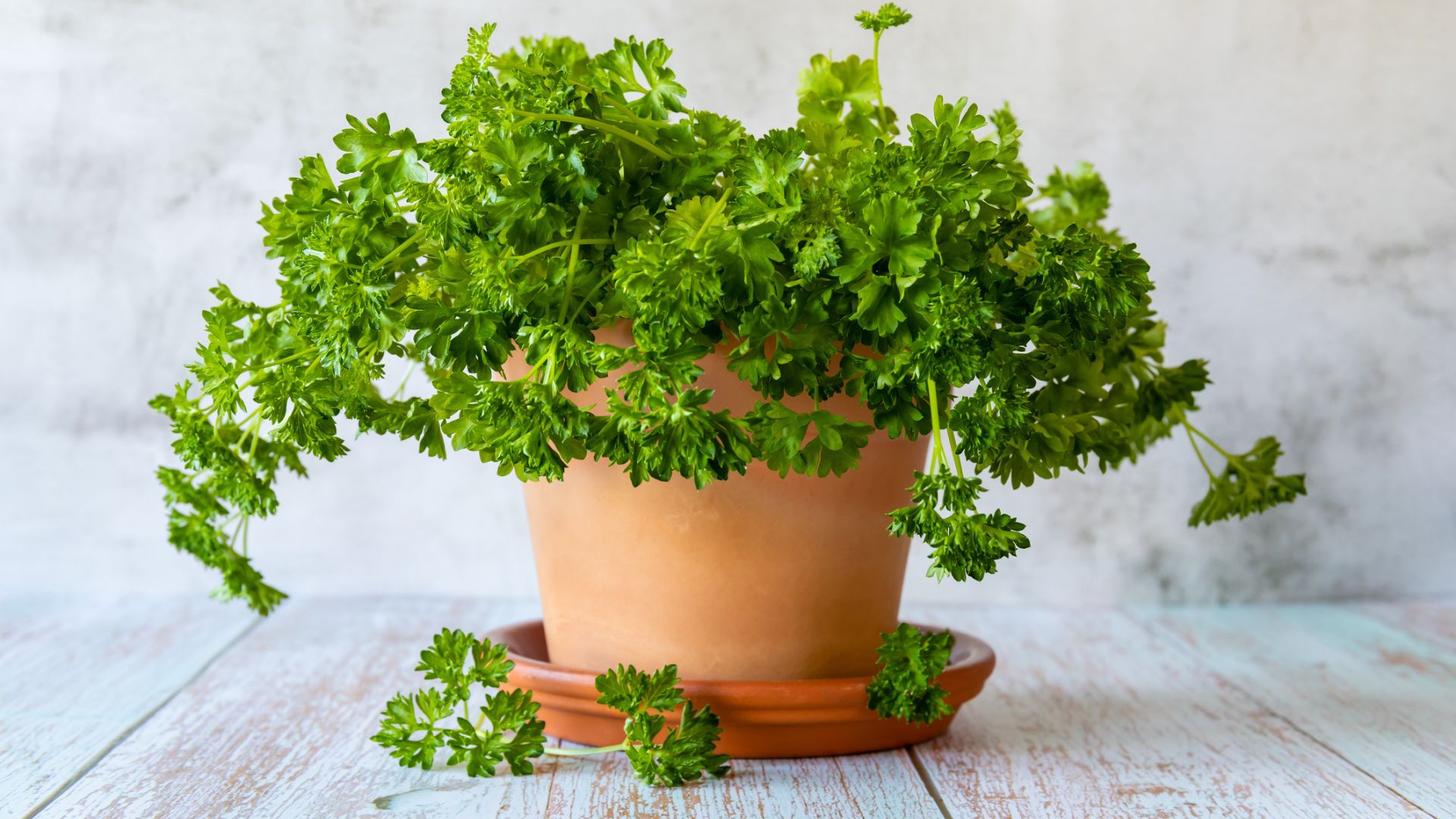
Fantastic with fish, salads and so many other dishes, parsley is cheap, easy to grow, and packed with vitamins A, C, and K, plus iron and calcium. All you need is a small pot (at least 15 cm deep, though 20 cm is better) and moist, well-drained soil. Shelter it in partial shade or full sun with regular watering, and sow in spring (or autumn for overwintering). Germination can be slow (2 to 4 weeks), but once established, you’ll have a harvest in 6 to 8 weeks. Cut the outer stems regularly to encourage fresh growth and to keep the plant productive for longer.
Cress
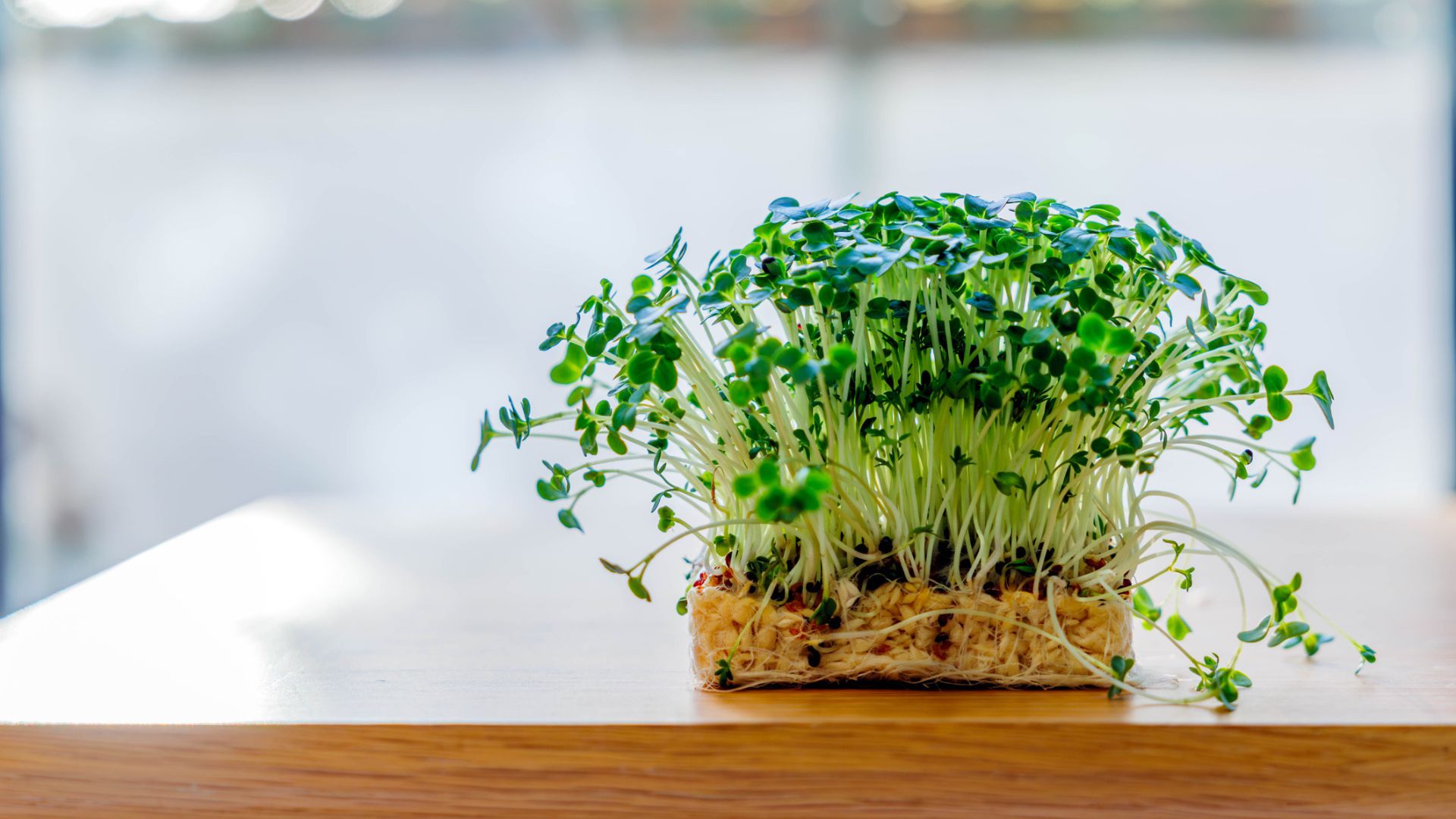
Cress! Such a fun plant to grow - surely everyone remembers cress-heads, right? Or growing it in a yogurt pot as a school project? Cress is super simple and fast to sow and grow, ready in just 7–10 days, and you can plant it any time of year. The amazing thing is, you don’t even need compost! Just a shallow tray or pot with damp kitchen paper, or cotton wool.
It thrives on a windowsill but, if growing outdoors, place it in partial shade for the best results. A quick and easy way to grow fresh greens anytime!
Thyme
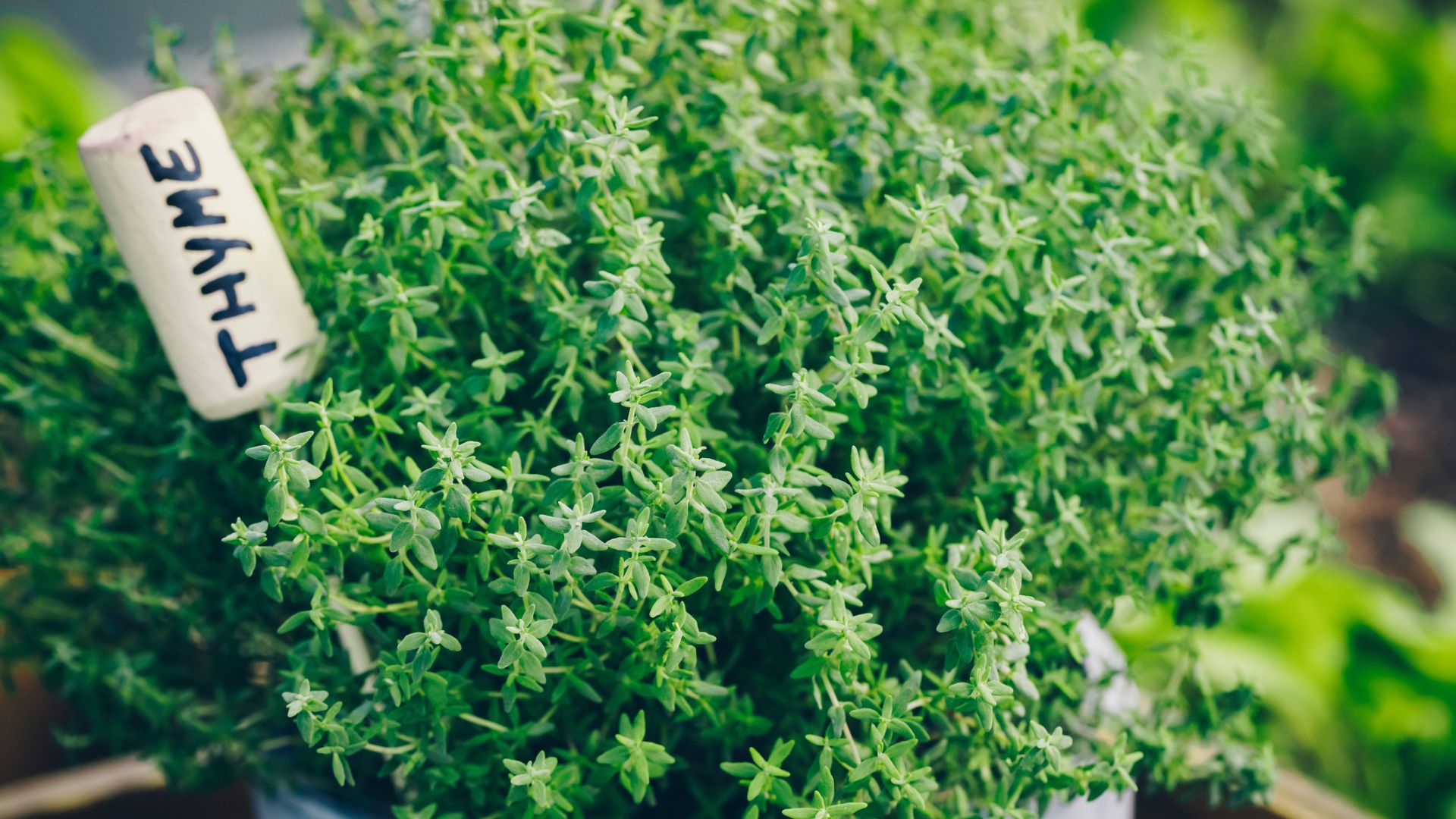
The perfect aromatic herb to partner with chicken, lamb, fish, and roasted vegetables, Thyme, like many sun-loving Mediterranean herbs, thrives in free-draining soil, so mix in plenty of horticultural grit when planting in pots - really, don’t hold back!
Spring is the best time to plant thyme outdoors, and while you can harvest year-round, summer is when it’s at its most flavourful and vigorous. To keep the plant healthy and prevent woody stems, trim 5-10cm every few weeks during the growing season. Avoid cutting into old woody stems, as this can stunt regrowth, you want to always leave enough leafy growth to ensure a continuous supply.
Nasturtiums
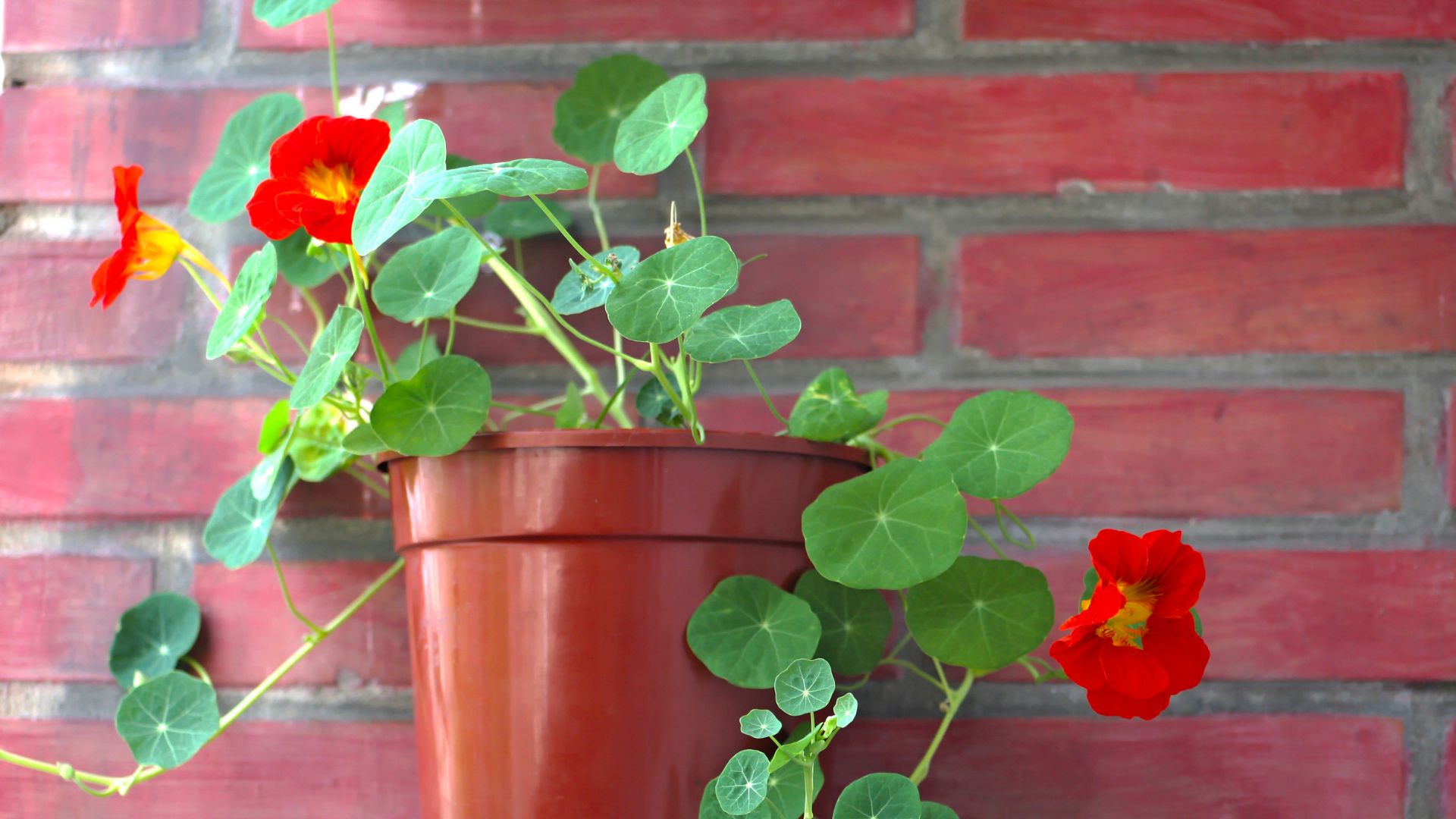
These beautifully bright and colourful flowers are not just edible - they’re delicious! With a peppery, watercress-like taste, nasturtiums, they’re packed with vitamin C and antioxidants, making them a perfect and pretty addition to a summer salad. What’s more, they’re super easy to grow! All you need is some seeds, a 20cm pot, some well-drained soil, plenty of sun, and regular watering - and that’s it!
Sow in spring and start harvesting the leaves and flowers in summer. The best part? The more you pick, the more they bloom! That’s a win-win for both you and your outdoor space.
Oregano

This beautiful flowering perennial, a member of the mint family, can grow up to 90cm tall, so while it can be grown in tubs, make sure you have enough space for it to spread its stalks and grow upright. As a Mediterranean herb, oregano thrives in well-drained soil and full sun. Plant in spring, and you can start harvesting the leaves within six weeks. What’s more, regular trimming encourages bushier growth, keeping the plant healthy and productive.
To make dried oregano, which has a stronger flavour for cooking, harvest stems just before flowering, hang them upside down in a warm, dry place, then strip the leaves once fully dried. Then pop them in an air-tight container for year-round use.
Lemongrass
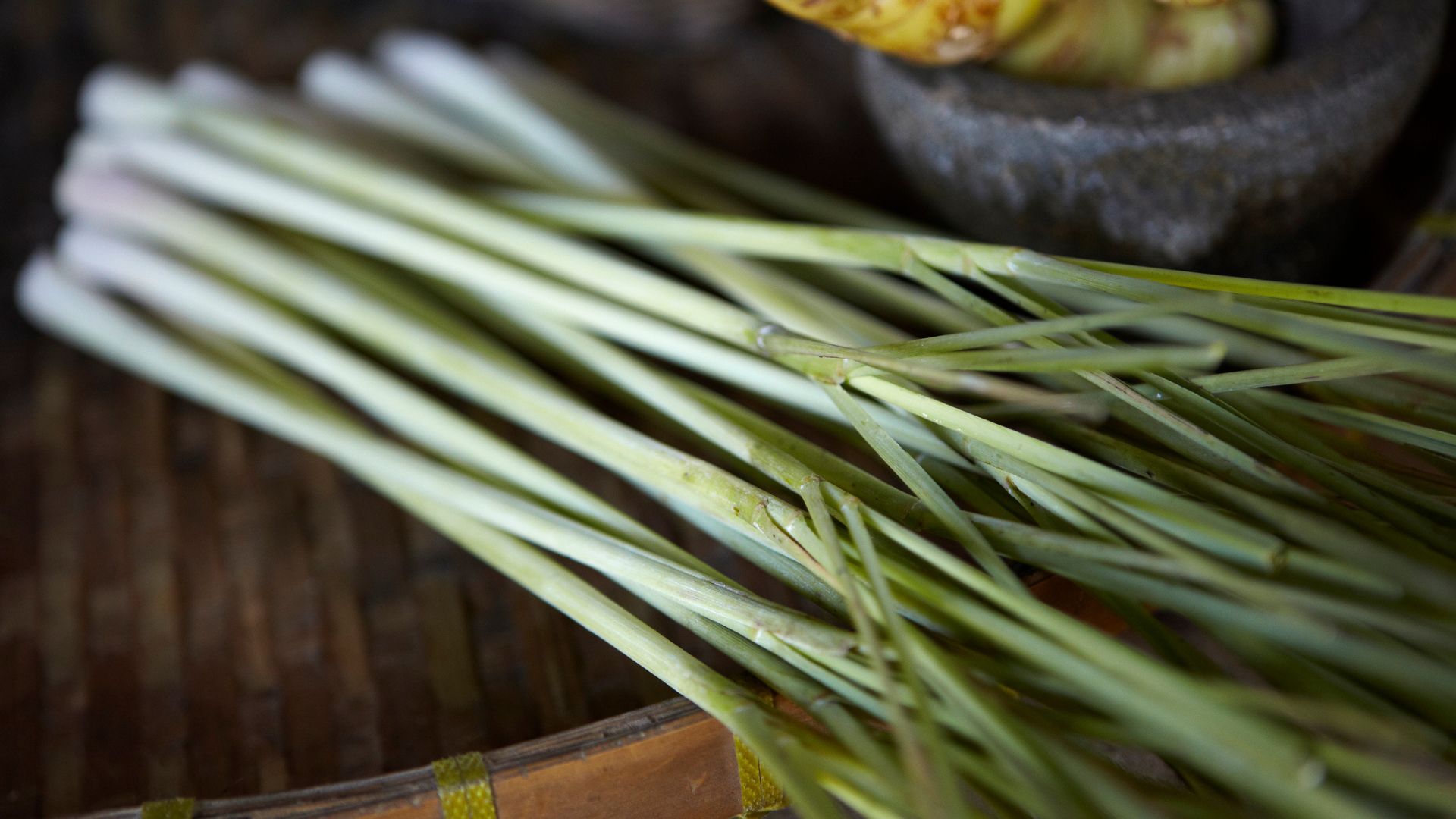
Native to Southeast Asia, India, and Africa, lemongrass is a zesty, gingery, slightly floral-tasting tropical herb commonly used in Thai, Vietnamese, and Indian cuisine. It’s also valued for its anti-inflammatory, antibacterial, digestive, and calming properties. To grow lemongrass, use a 30 to 40cm deep pot filled with free-draining soil. Plant in spring or summer and place it in full sun. After 3 or 4 months, you can start harvesting, but cut the outer stalks first, as these are the most mature and flavourful, plus this will encourage fresh growth from the centre.
As a tender perennial, lemongrass can survive year after year, but only if it’s protected from the cold. Therefore, in temperate climates like the UK, it’s best to bring it indoors during the colder months to prevent frost damage.
Celery
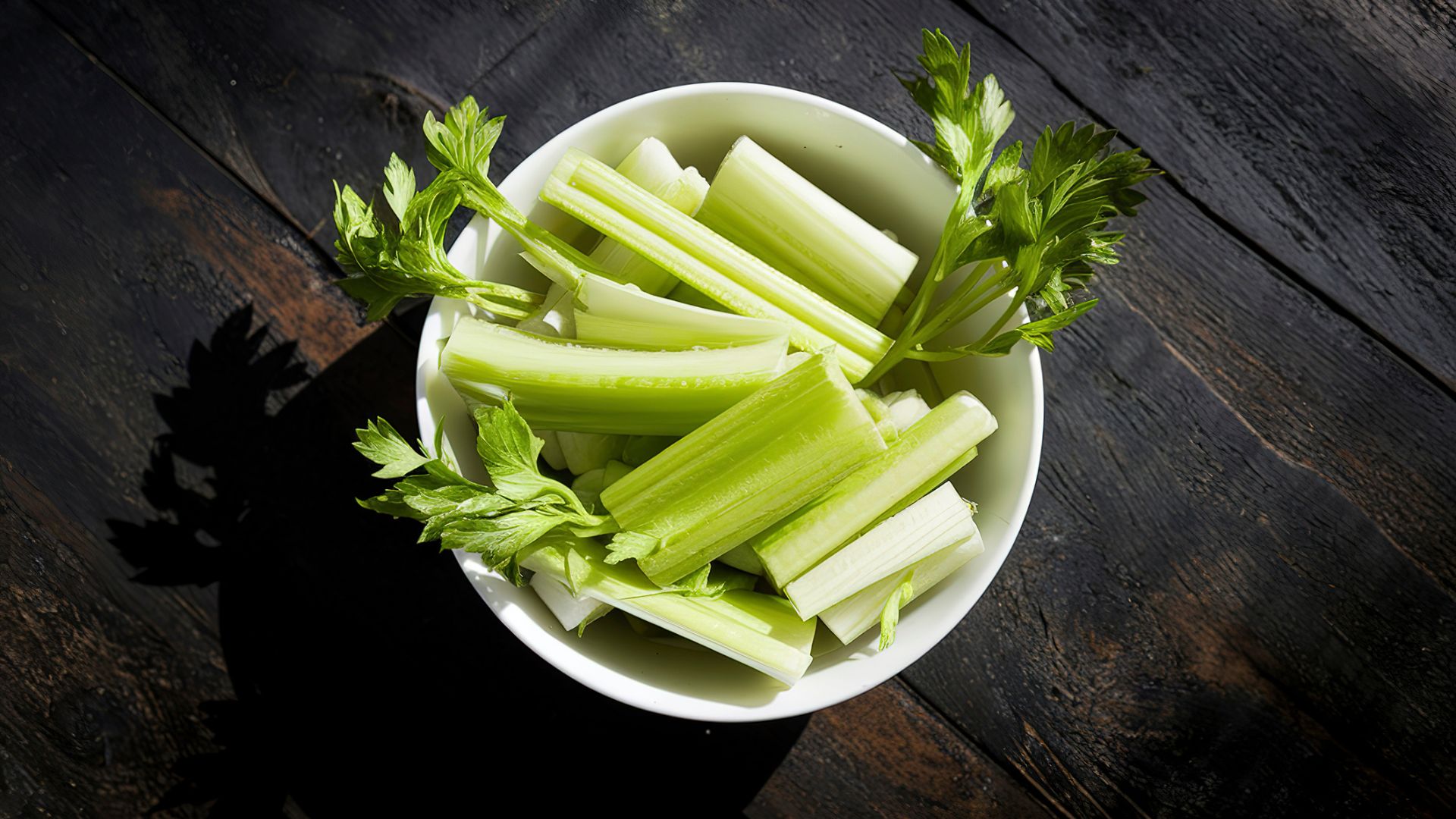
A nutrient-rich, versatile salad ingredient, celery is extremely low in calories and packed with fibre and water, making it a fantastic choice for healthy snacks and salads. What’s more, as it can be harvested multiple times by cutting outer stalks while allowing new ones to grow, it’s an unsurprising favourite among gardeners. To grow celery, you’ll need a pot at least 20 to 30cm deep filled with moist, well-drained soil. Plant in spring, placing it in full sun or partial shade in hotter climates, and wait for 3 to 5 months for it to fully mature, although you can start harvesting outer stalks earlier to encourage continuous growth.
Celery is so fantastic it’s almost magical, as you can even regrow it from kitchen scraps by placing the cut-off base of a used stalk in a shallow dish of water; after a few days, new shoots will appear, and once roots develop, you can transfer it to the soil for a second harvest!
Gooseberries
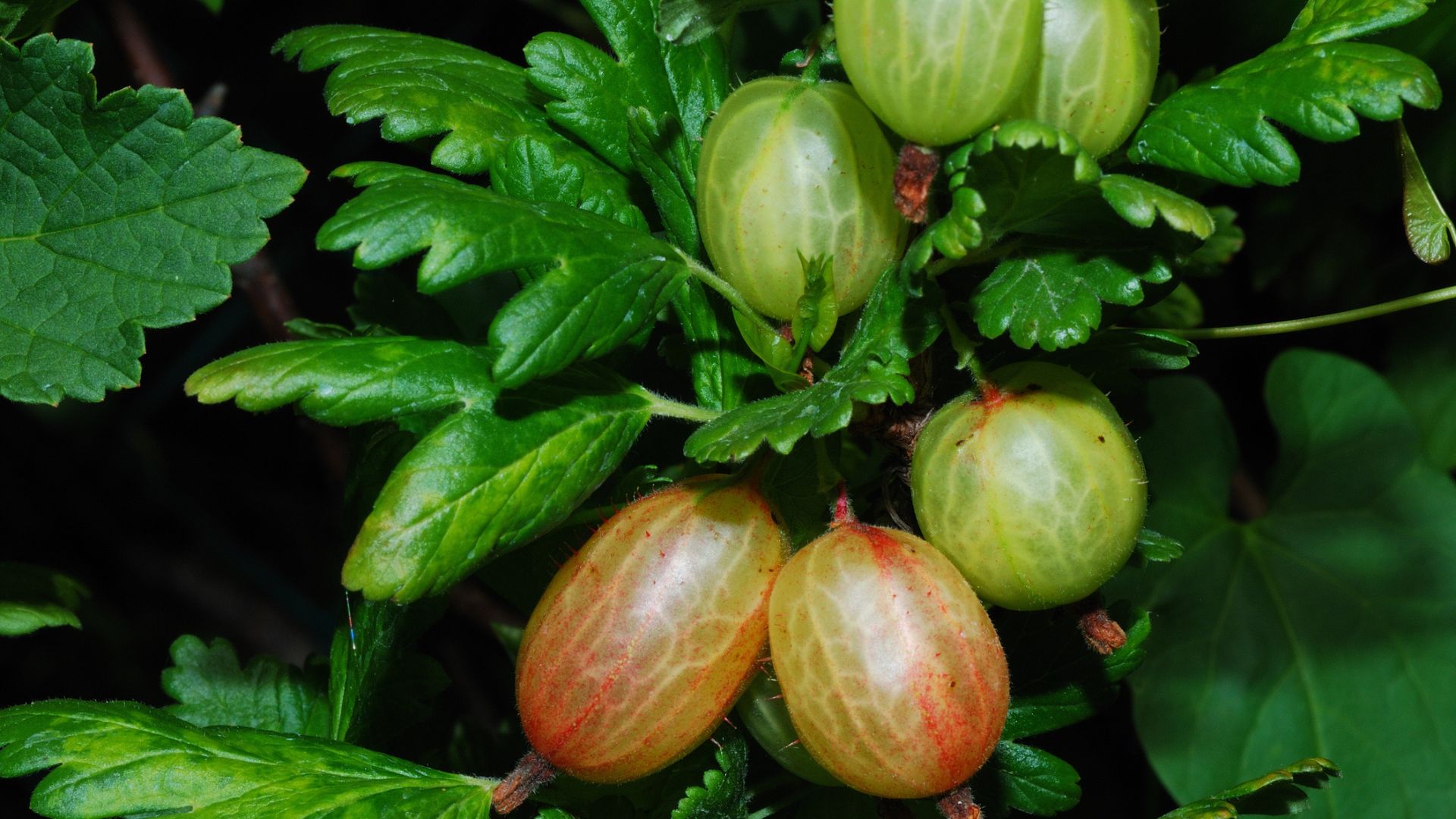
It is absolutely possible to grow healthy, compact gooseberry varieties in patio pots. Gooseberries produce tart fruit that can taste sharp like sour grapes when unripe or develop sweeter, melon and kiwi-like notes when fully ripe. Great varieties for containers include ‘Hinnonmaki Red’, which is high-yielding and tangy-sweet, and ‘Invicta’, known for disease resistance and heavy crops. If you prefer a nearly thornless option, ‘Captivator’ is the choice for you.
For best results, plant them in autumn or early spring in a large tub (30 to 40cm deep) filled with rich, well-drained soil. Gooseberries love full sun, and by summer, you’ll be rewarded with plenty of berries, just watch out for the prickles! Prune lightly in February to encourage fruiting spurs and mulch in spring to retain moisture and improve soil fertility. With the right care, your gooseberry bush will provide delicious harvests for years to come!
Cucumbers

Yes, you can grow (mini) cucumbers in pots! These petite batons are also known as patio, snack and cocktail cucumbers, and while their full-size counterparts need plenty of space, compact varieties like ‘Mini Munch,’ ‘Iznik,’ and ‘Picolino’ thrive in smaller containers. For best results, plant in spring (April to May) in a 30cm deep and wide pot filled with nutrient-rich, well-draining soil. Place in full sun and keep the soil consistently moist, as cucumbers are very thirsty!
Most mini cucumbers grow on vines, so support them with a trellis, stakes, or a mesh frame to stop them from toppling over. However, bush varieties such as ‘Bush Champion’, don’t need extra support. Expect to harvest in summer (July to September) and enjoy a steady supply of crisp, homegrown cucumbers perfect for sandwiches and salads!
Rosemary
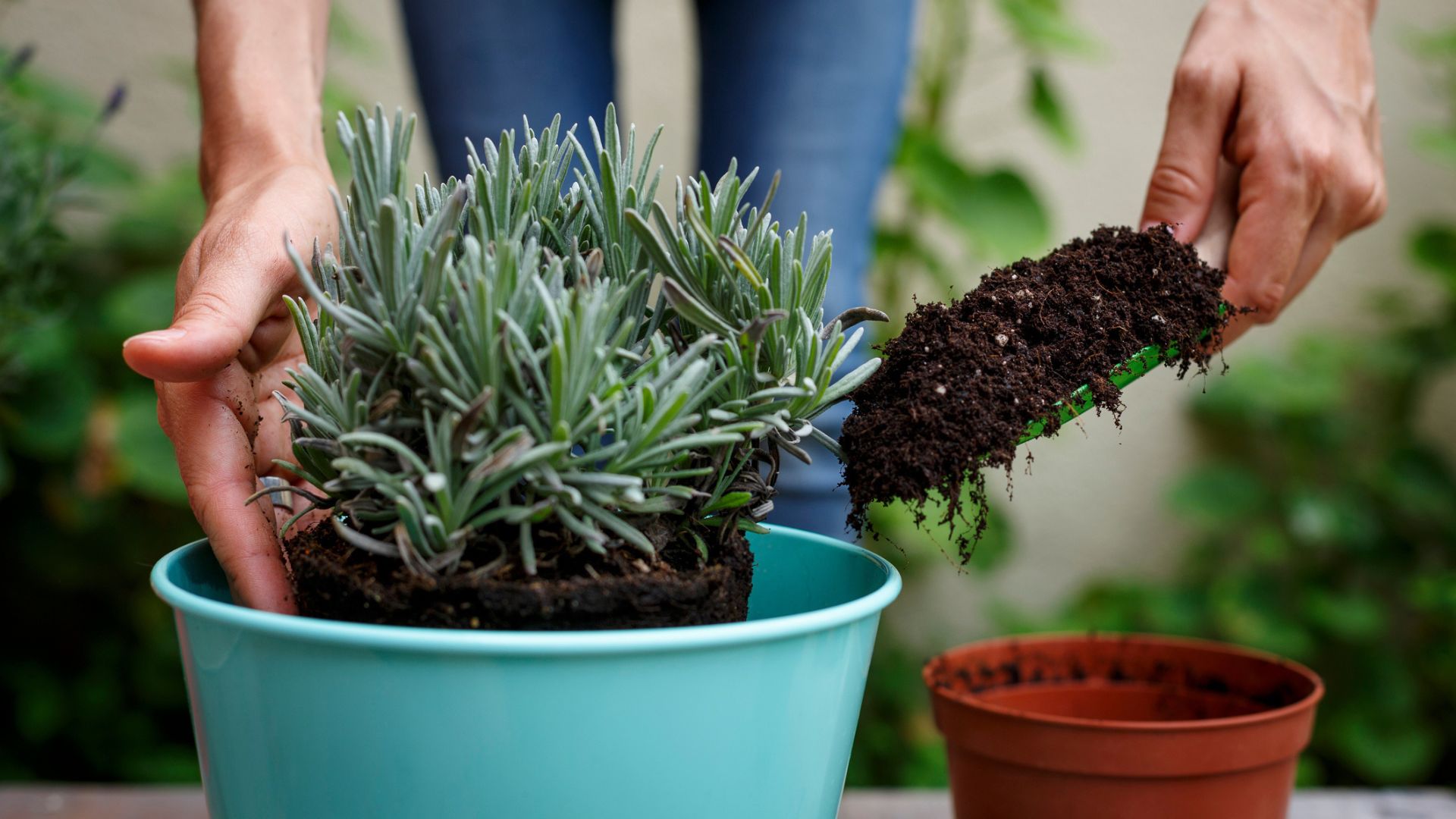
Whatever dish you’re making, chances are rosemary will enhance it! From stews to grilled meats, roasted veg to cakes and bakes, this perennial herb is as versatile as it is beautiful, because as well as adding a robust, aromatic flavour to food, rosemary produces sweet lilac-blue flowers on richly fragrant stems, making it a treat for multiple senses. To grow it, use a 30 to 40cm terracotta pot with free-draining, sandy soil and place it in a sunny, sheltered spot with at least 6 hours of sunlight daily. Water sparingly, allowing the soil to dry slightly between waterings, and feed monthly with a balanced fertiliser in spring and summer.
You can enjoy fresh rosemary sprigs year-round, or dry them for later use, which intensifies the flavour. Lightly prune after flowering to maintain its shape and encourage bushy growth. Just remember that while rosemary is hardy, it may struggle in very cold areas, so move it to a sheltered spot in winter to protect it from frost and waterlogging.
Dwarf beans
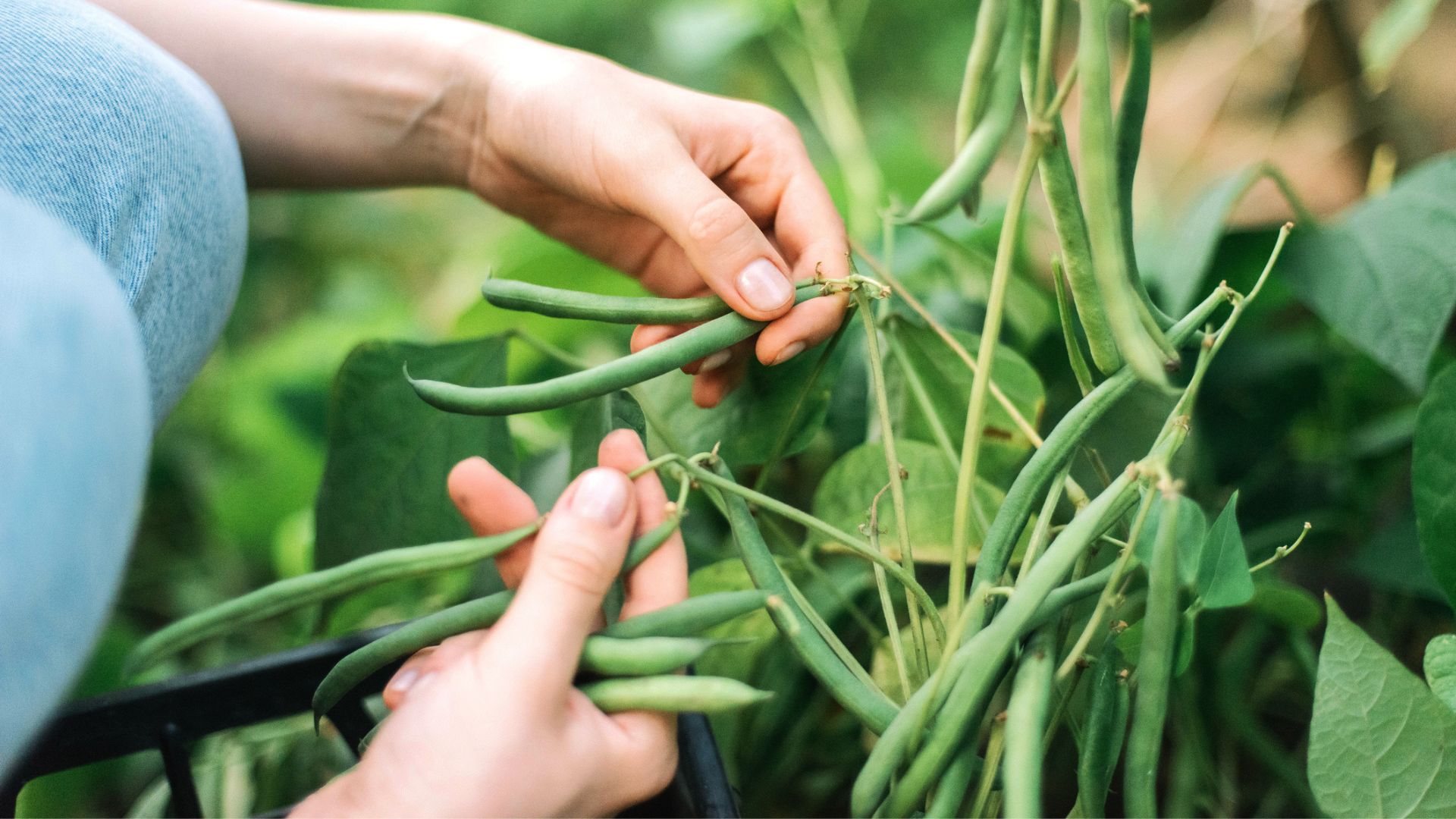
Perfect for small pots, dwarf beans (also known as bush beans) are a type of French bean that grow to a height of around 30 to 45 cm. Unlike climbing varieties such as runner beans or pole beans, they don’t require staking or supports, making them ideal for those with limited space.
To grow them, sow seeds in late spring in a tub at least 20cm wide, using fertile, well-draining soil. Dwarf beans thrive in full sun, but water regularly to keep the soil moist, and with the right care, you can expect a harvest by mid to late summer. What’s more, the more you pick, the more they will produce, so in theory you can have them all summer long!
Natalie Denton is a freelance writer and editor with nearly 20 years of experience in both print and digital media. She’s written about everything from photography and travel, to health and lifestyle, with bylines in Psychologies, Women’s Health, and Cosmopolitan Hair & Beauty. She’s also contributed to countless best-selling bookazines, including Healthy Eating, The Complete Guide to Slow Living, and The Anti-Anxiety Handbook.
-
 The Handmaid's Tale: Does June get Hannah back at the end of season 6?
The Handmaid's Tale: Does June get Hannah back at the end of season 6?It's been June's endgame from the very first moments of The Handmaid's Tale, but will she be reunited with her daughter Hannah at the end of season 6?
By Lucy Wigley
-
 My decades-long quest for the perfect pillow ends here, but forget what you think you know about memory foam
My decades-long quest for the perfect pillow ends here, but forget what you think you know about memory foamPacked full of tiny pieces of shredded memory foam with a dual-sided cover to keep you cool, this is the next best thing to sleeping on a cloud
By Heidi Scrimgeour
-
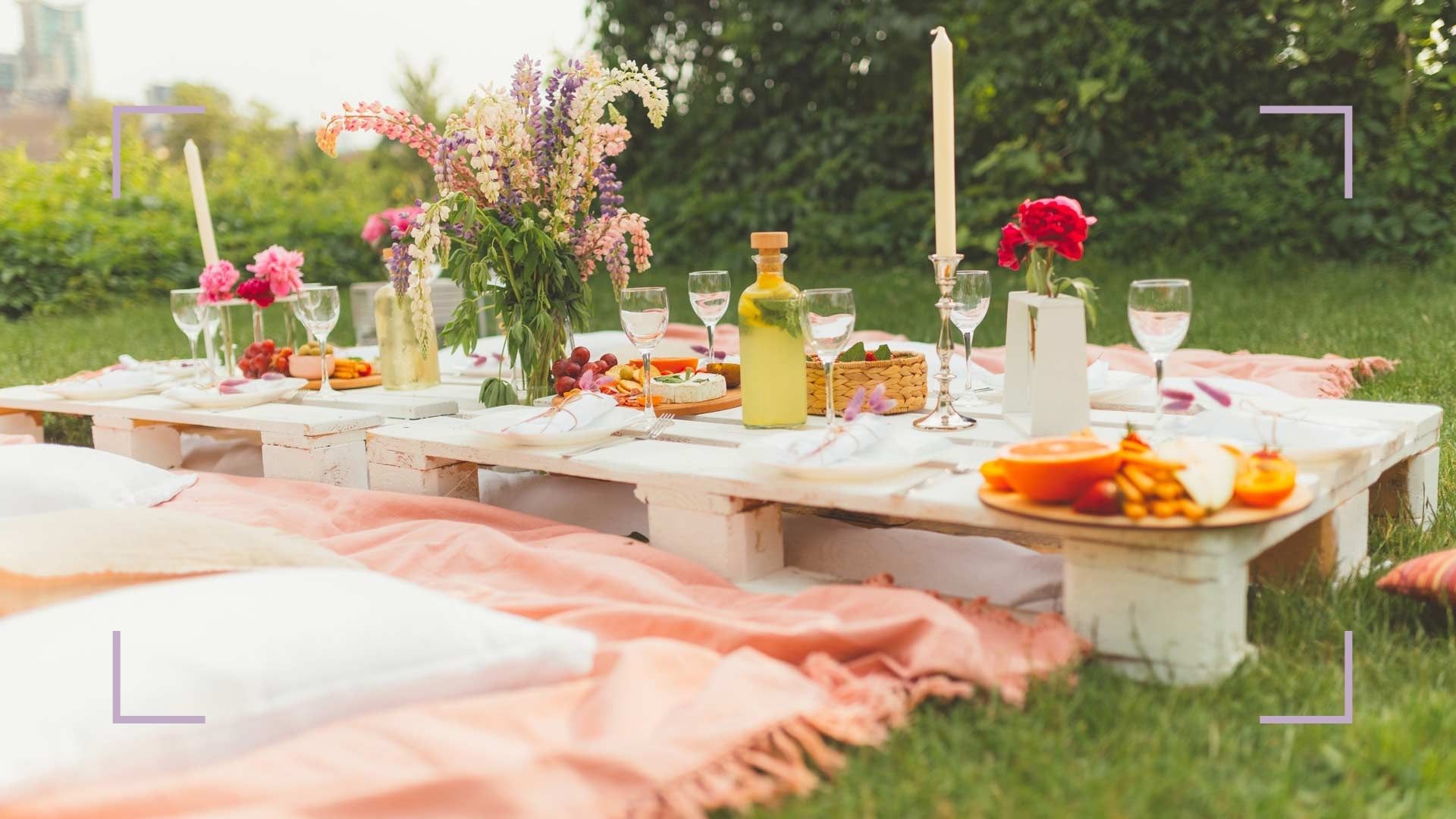 9 stylish garden party themes for memorable outdoor celebrations
9 stylish garden party themes for memorable outdoor celebrationsGet the backyard ready for an alfresco get together with a garden party theme that’s bursting with character...
By Rachel Homer
-
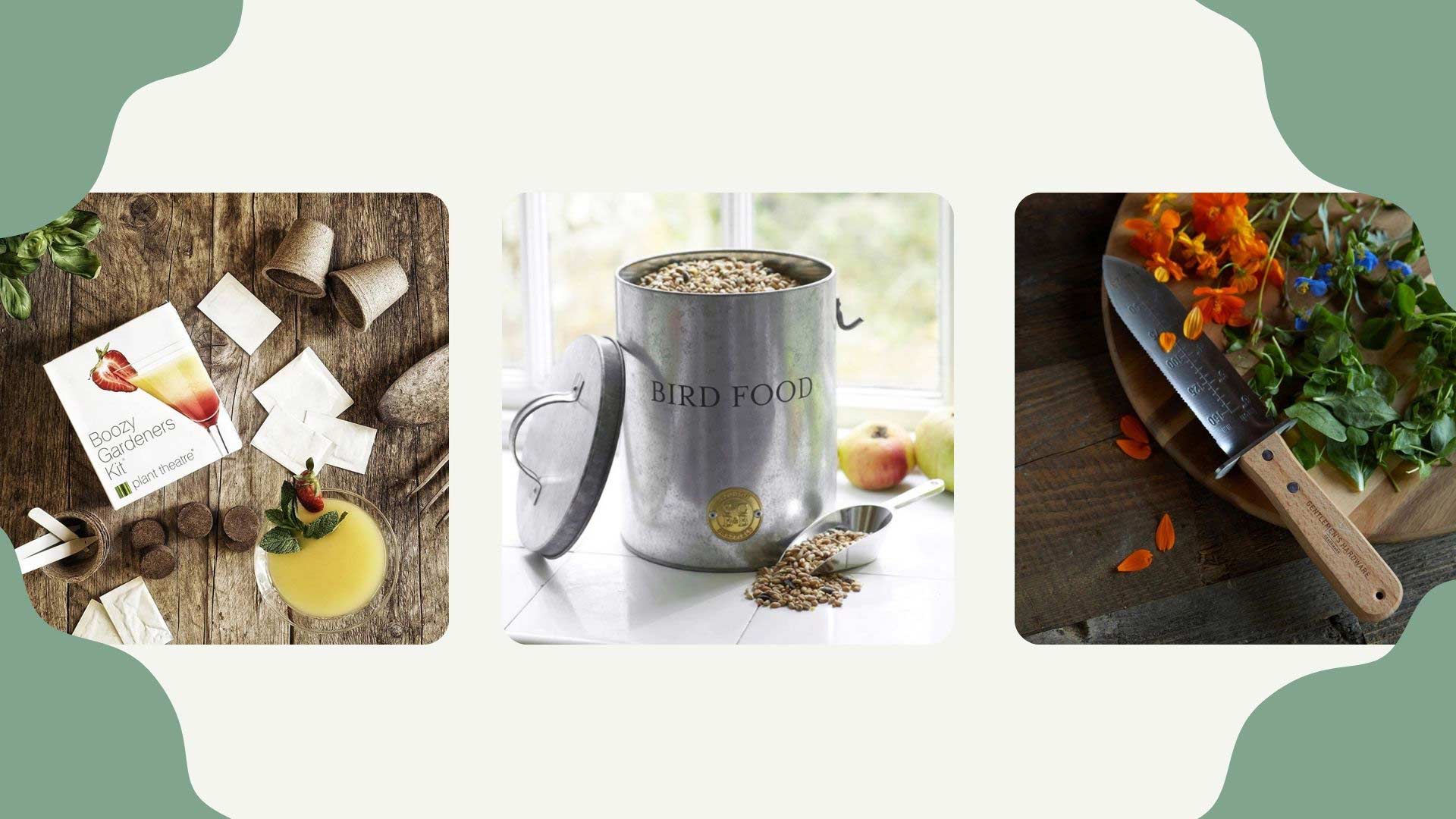 Best gifts for gardeners 2022: Unusual and practical ideas that make perfect presents
Best gifts for gardeners 2022: Unusual and practical ideas that make perfect presentsOur edit of the best gifts for gardeners includes brilliant and unusual present ideas from practical tools to fun gardening accessories...
By Tamara Kelly
-
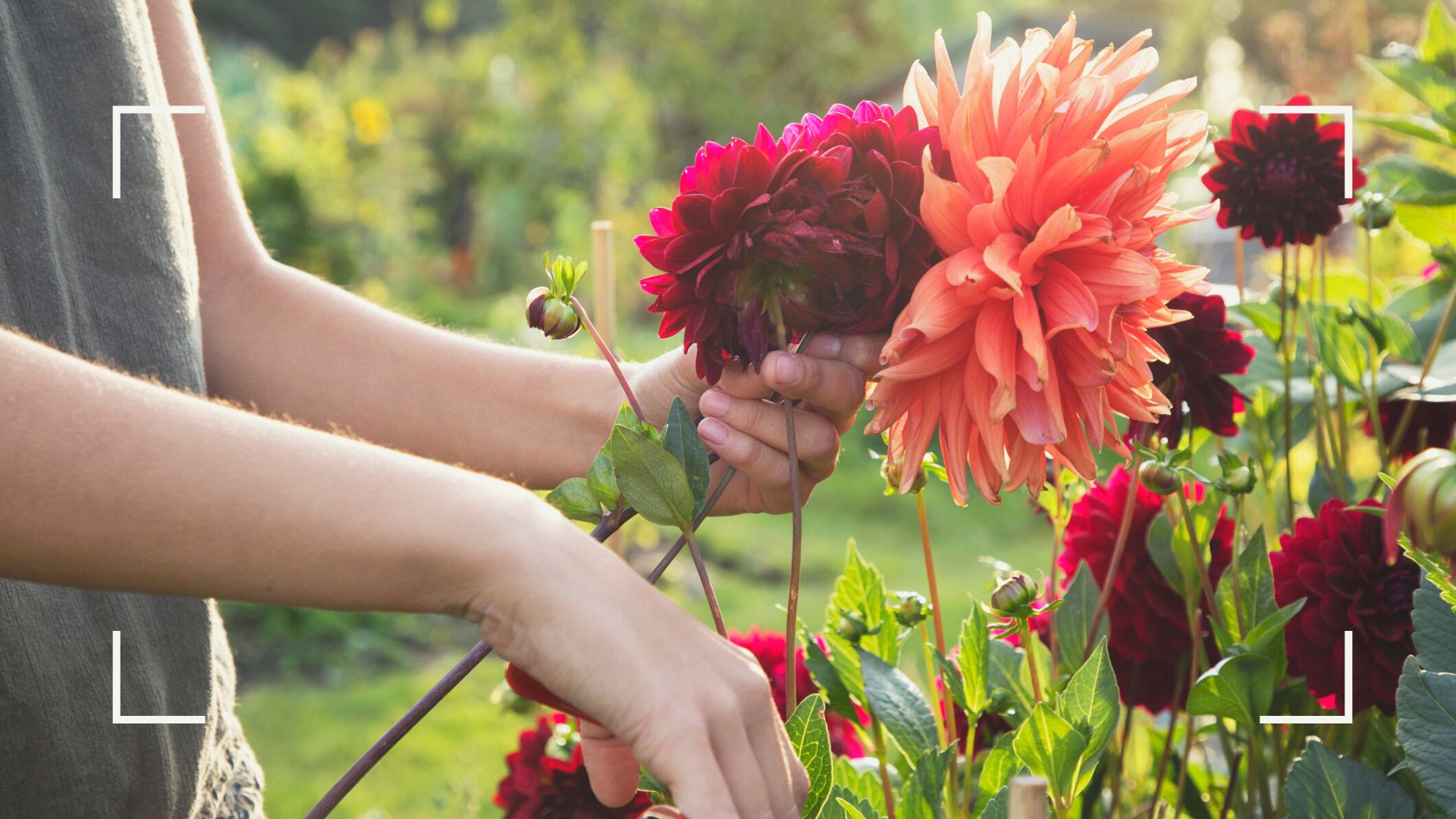 Gardening tips for beginners—expert advice to inspire all budding gardeners
Gardening tips for beginners—expert advice to inspire all budding gardenersGarden designers share their top gardening tips for beginners, for simple and cheap ways to make any garden great
By Tamara Kelly
-
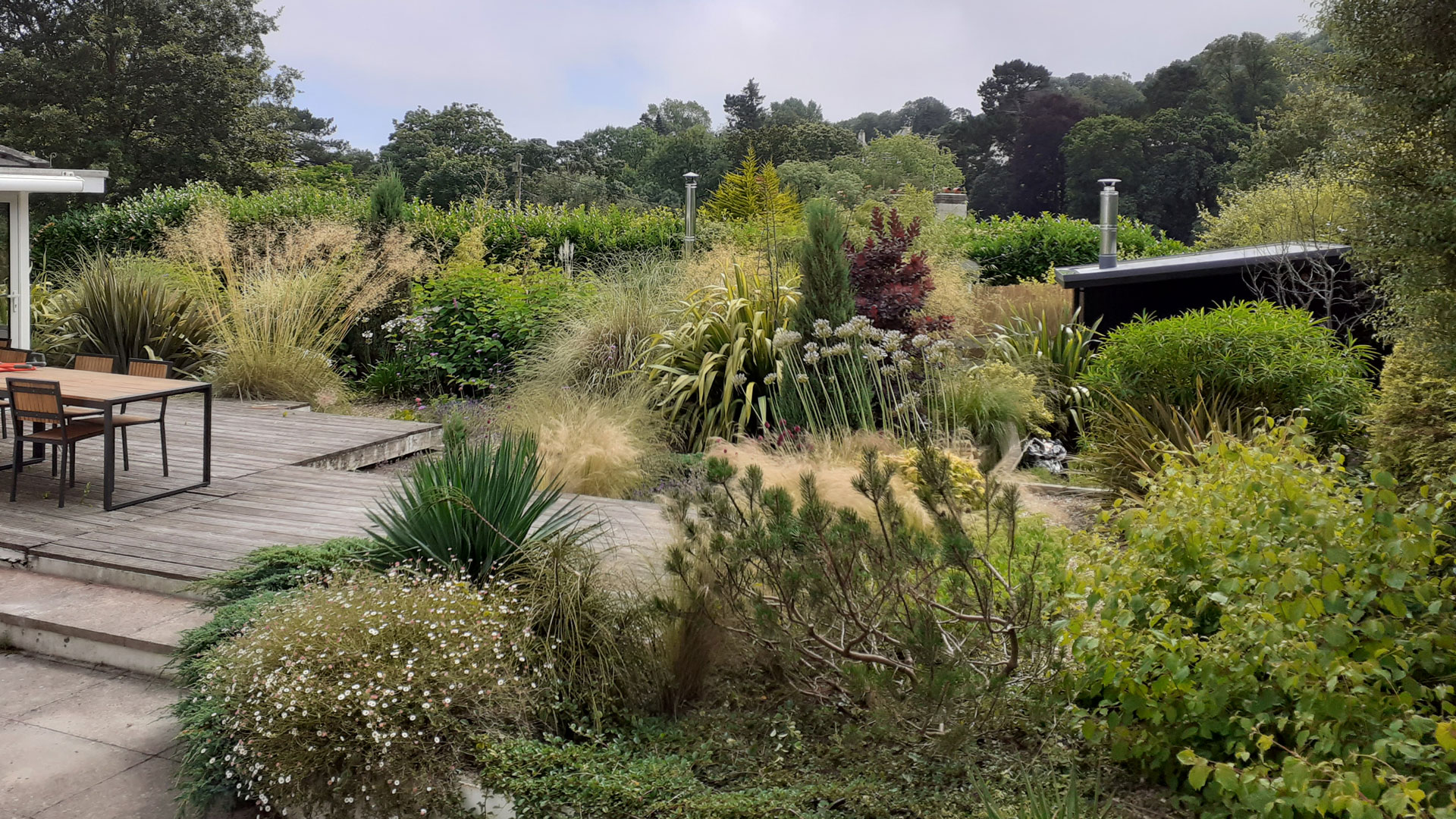 10 Best garden plants every plot needs—chosen by gardening experts
10 Best garden plants every plot needs—chosen by gardening expertsWe reveal the best garden plants that will thrive in any space, as chosen by a team of top garden designers
By Tamara Kelly
